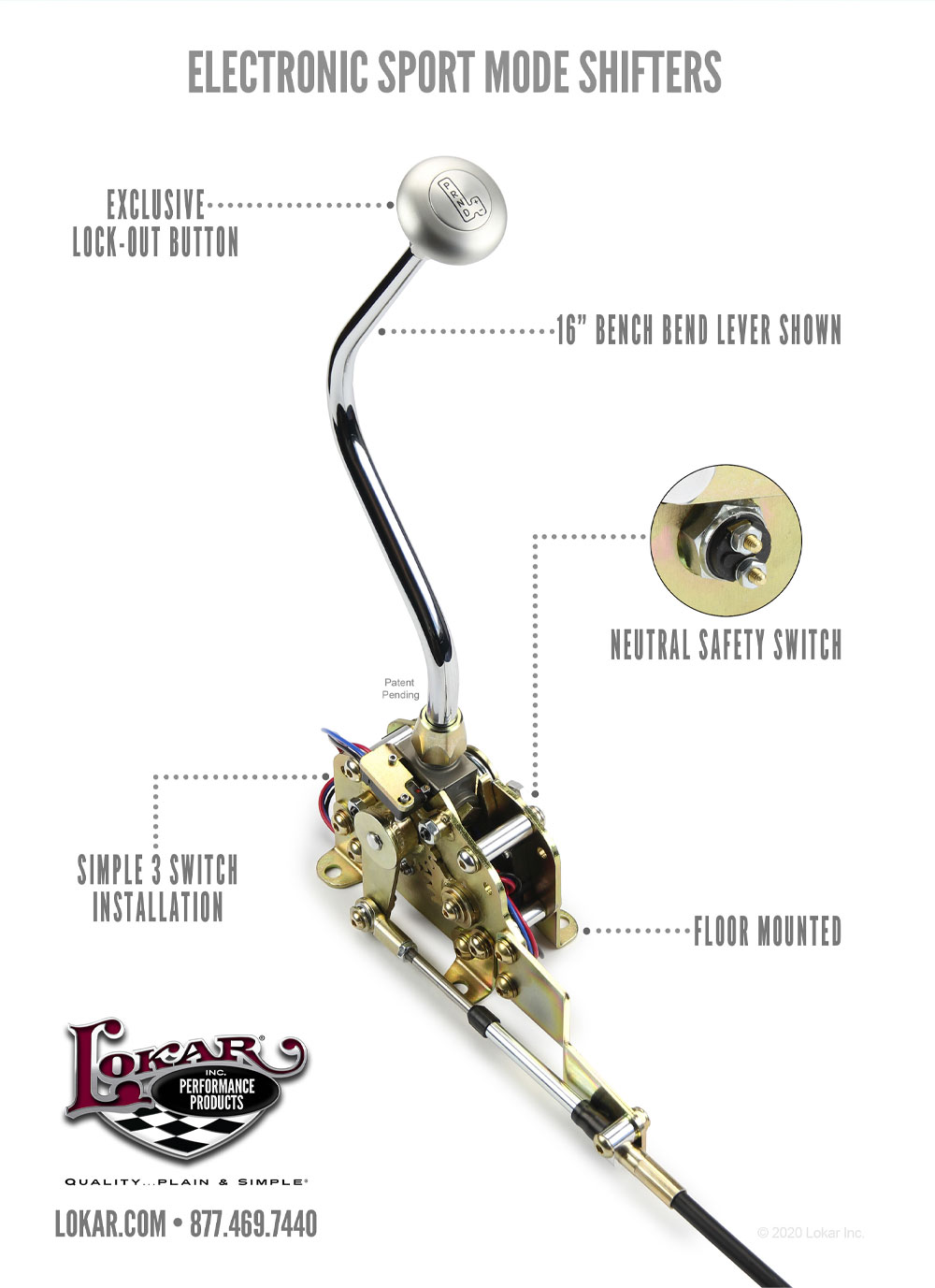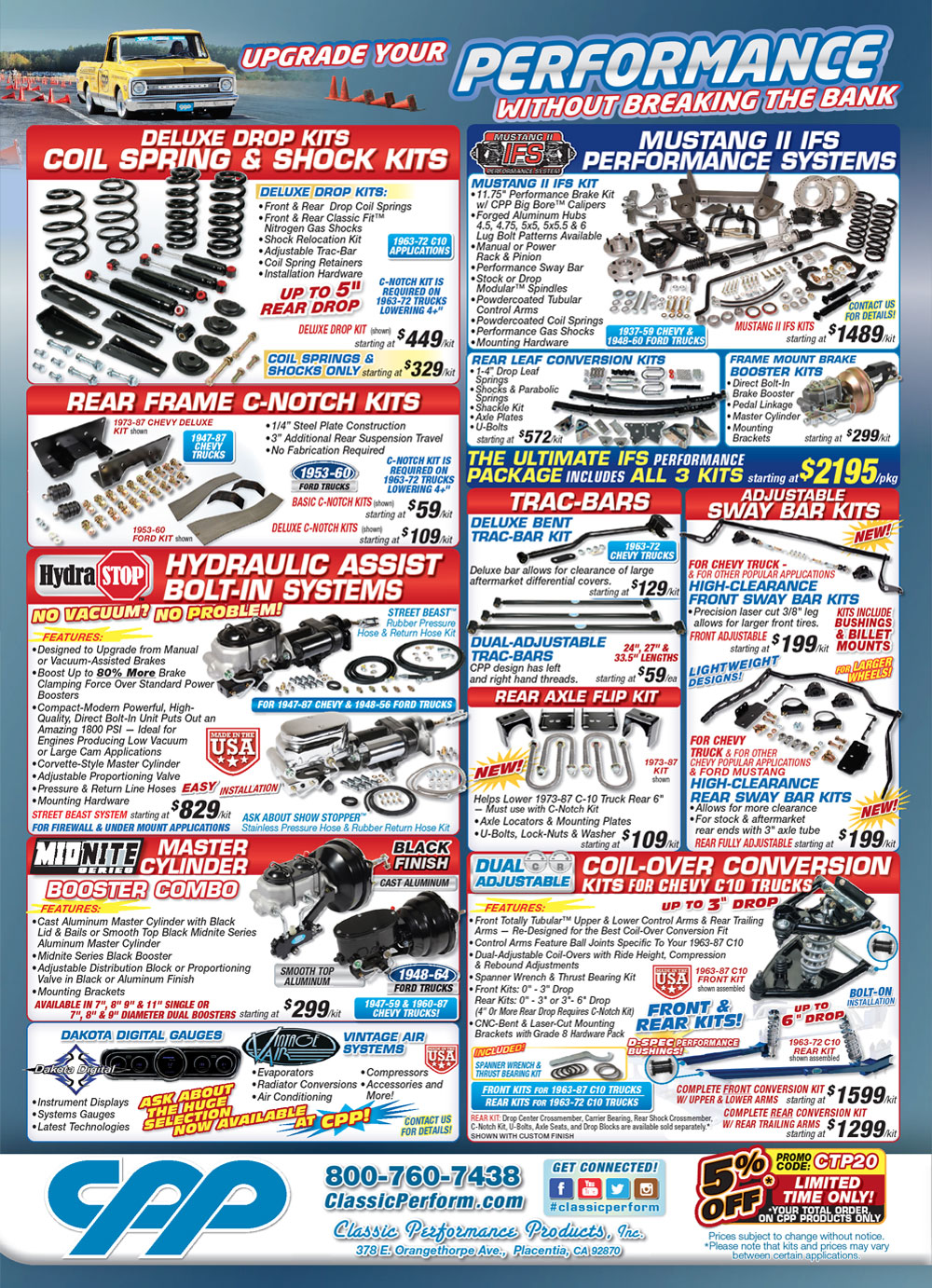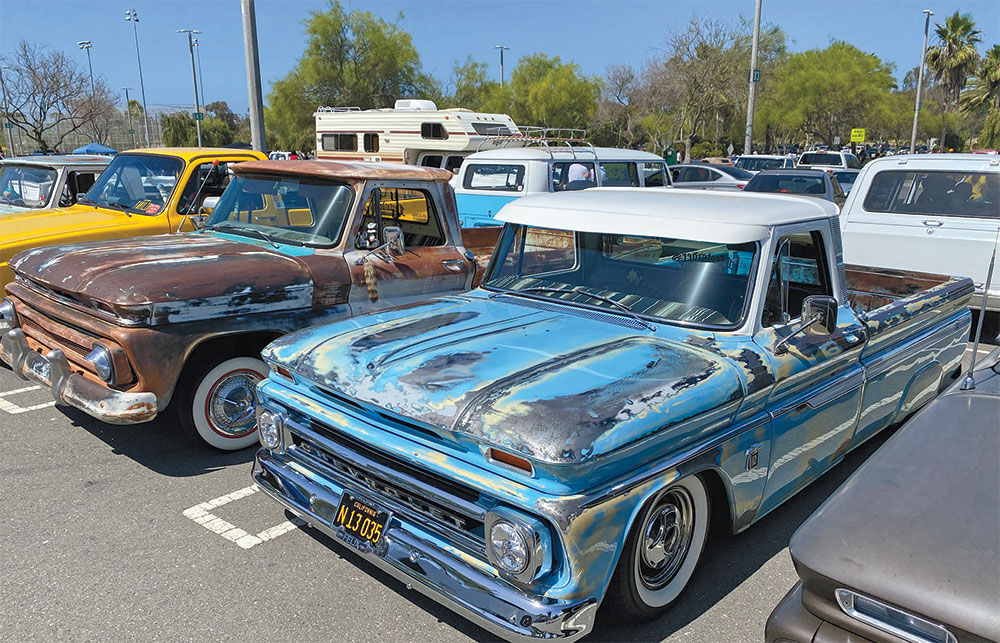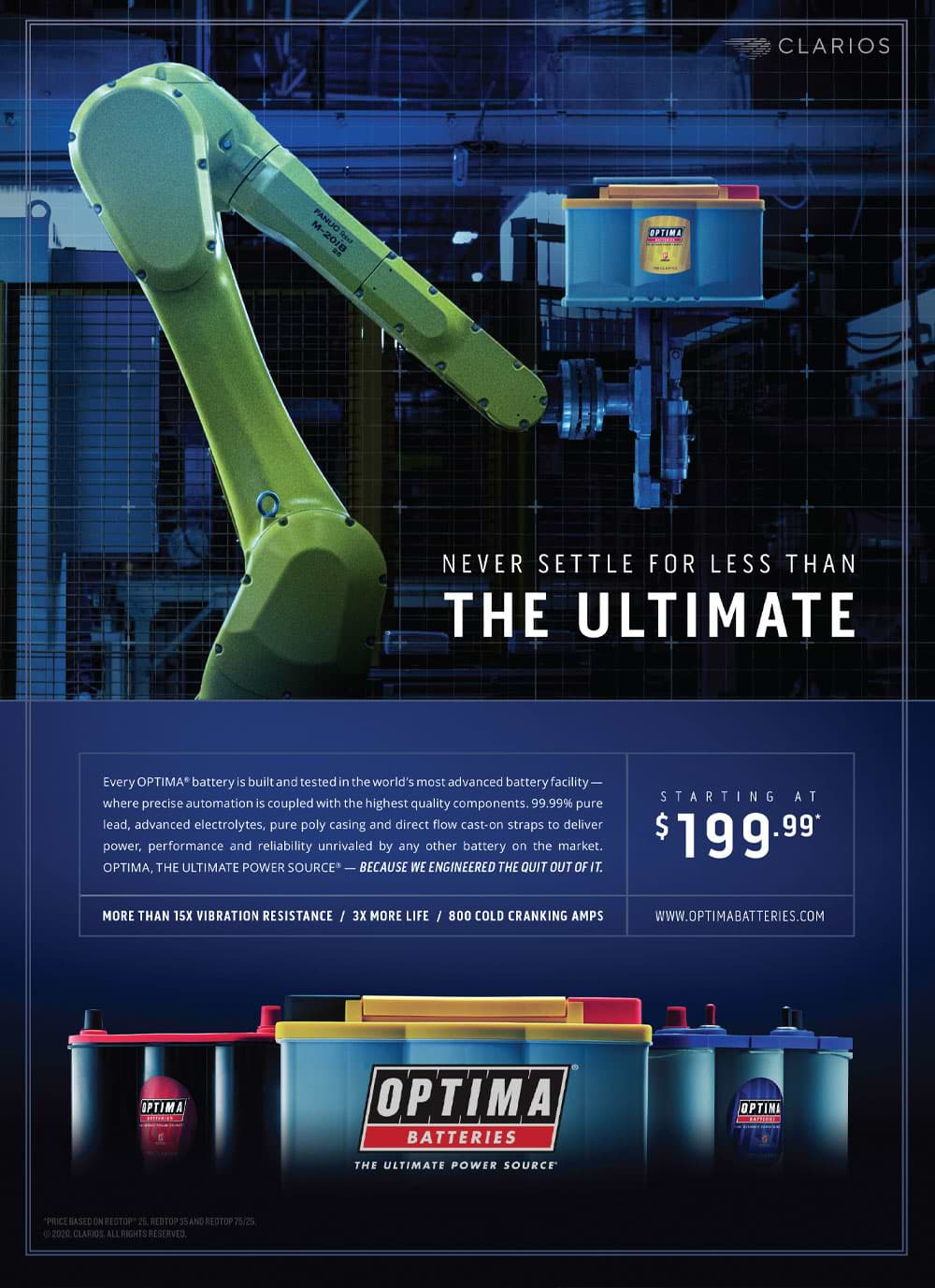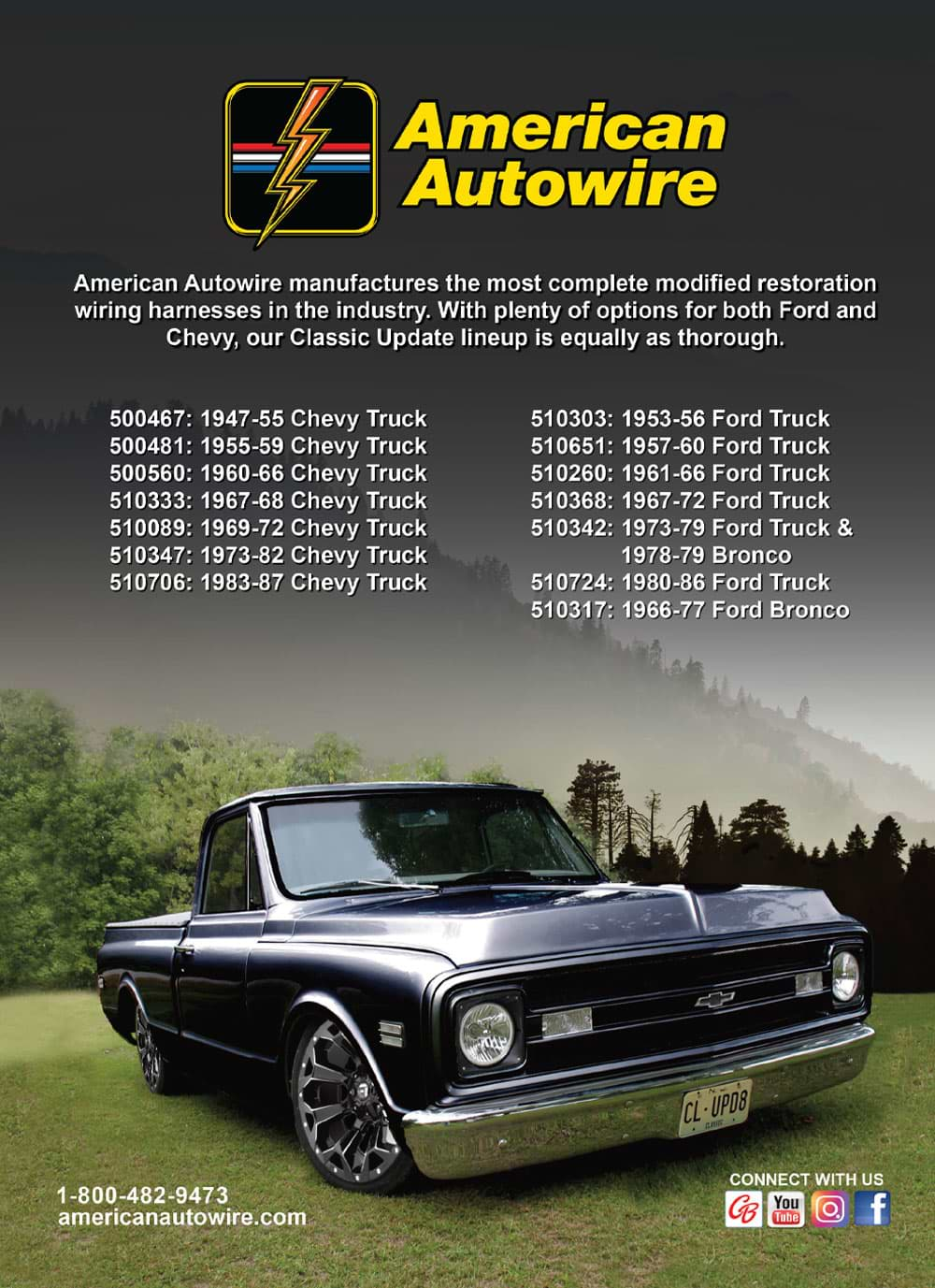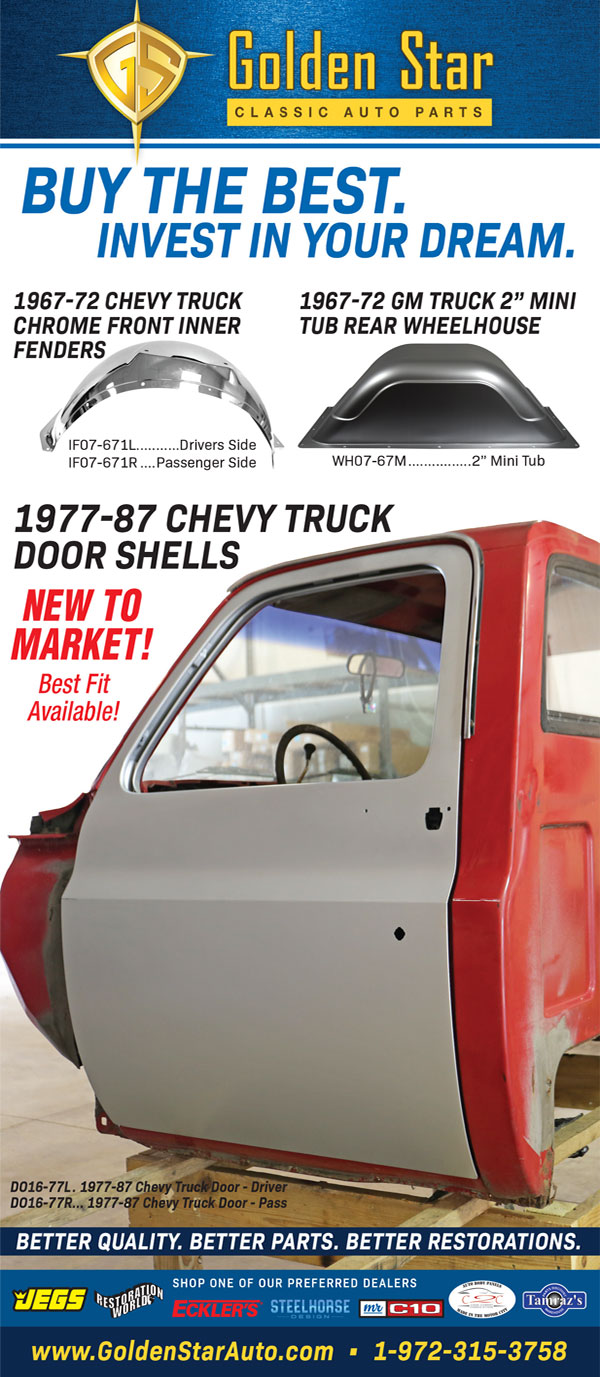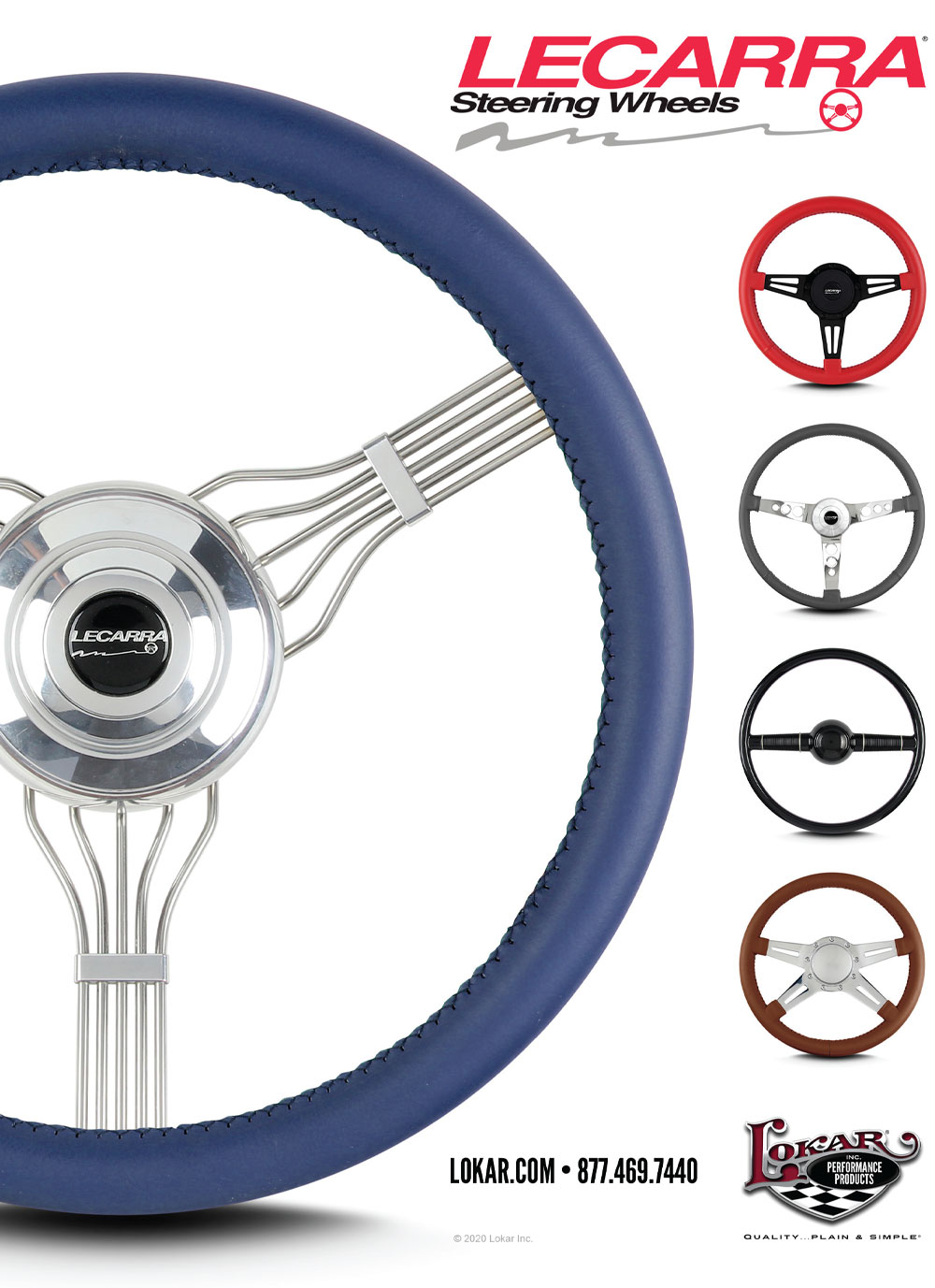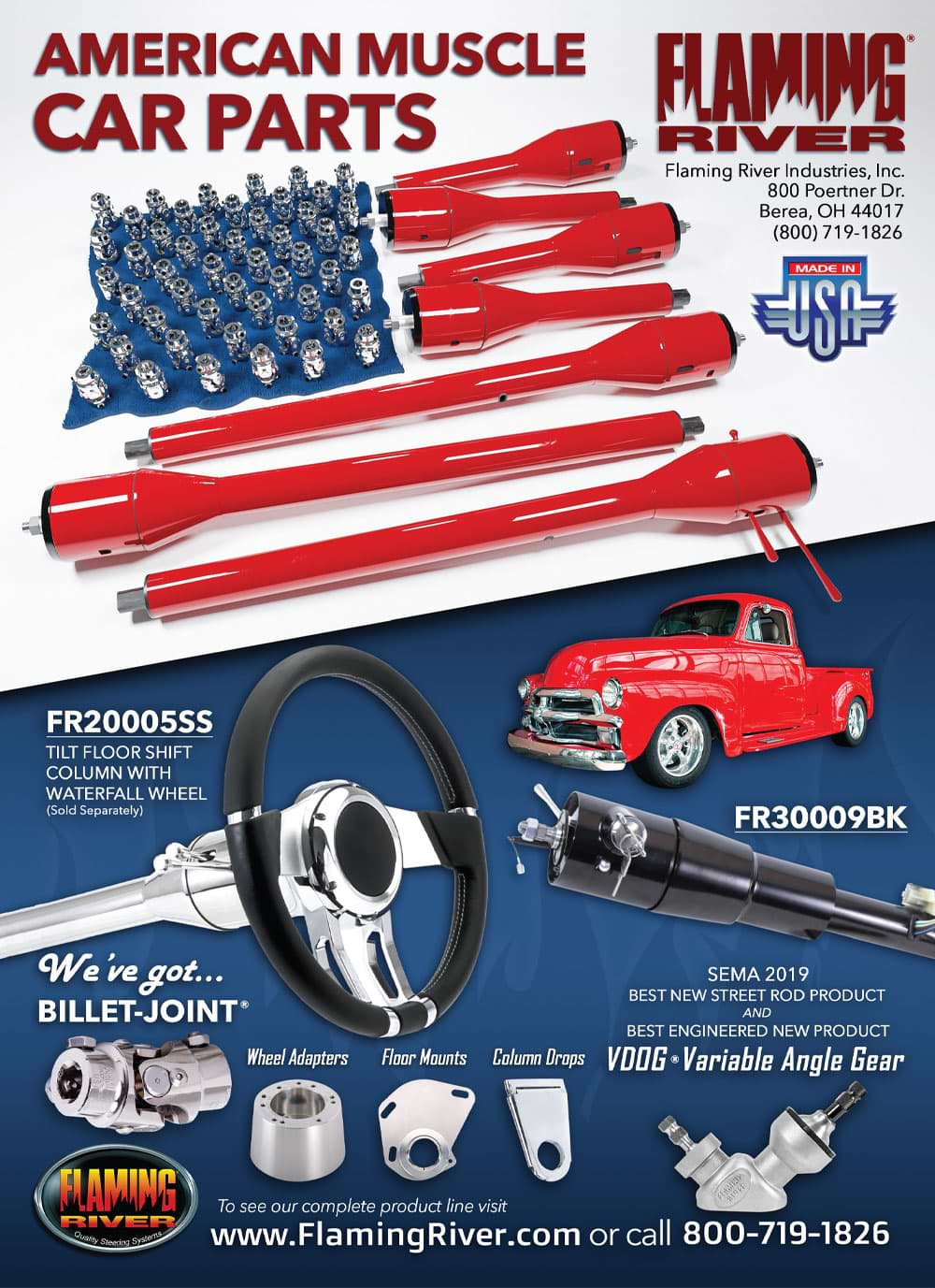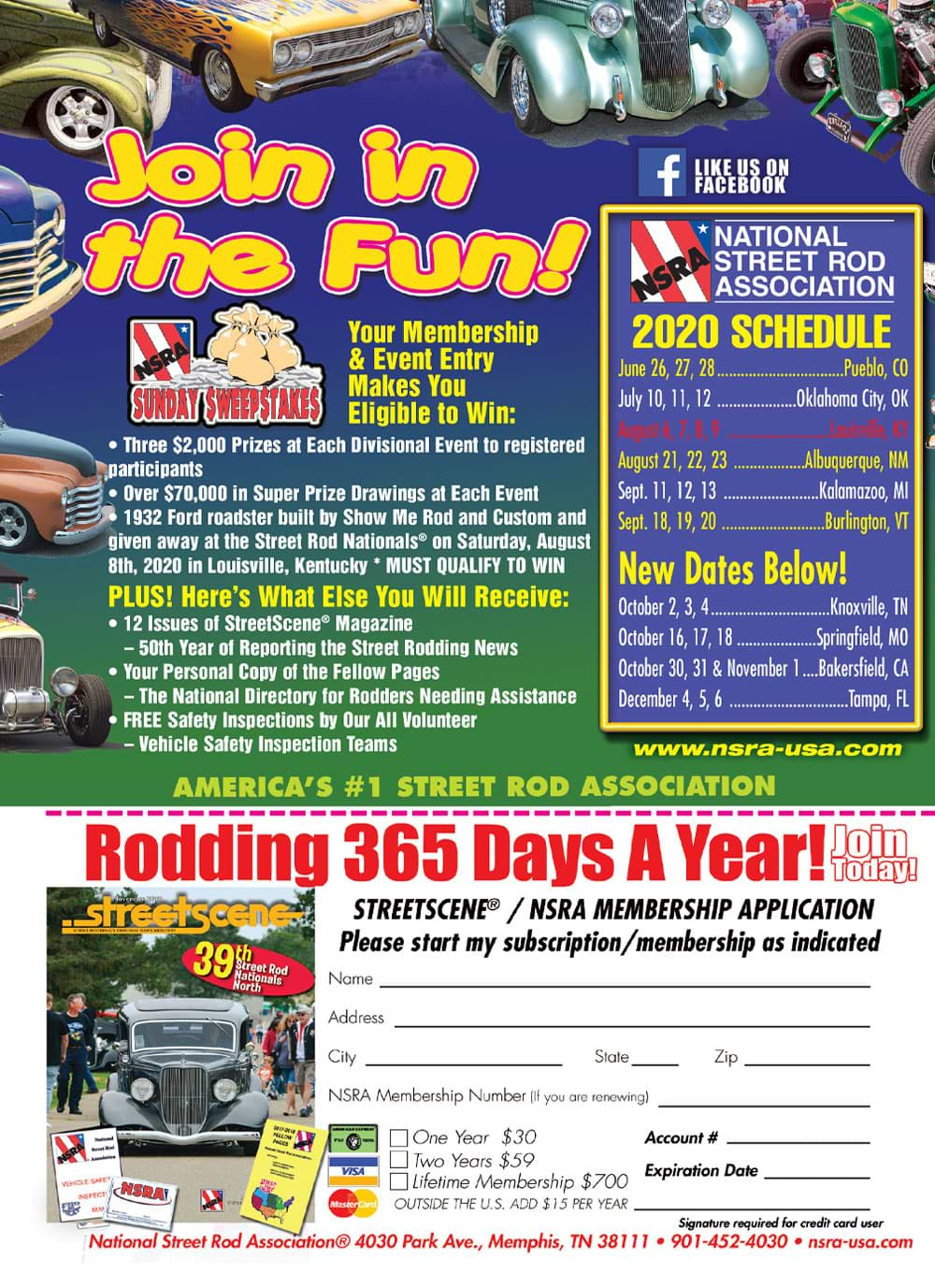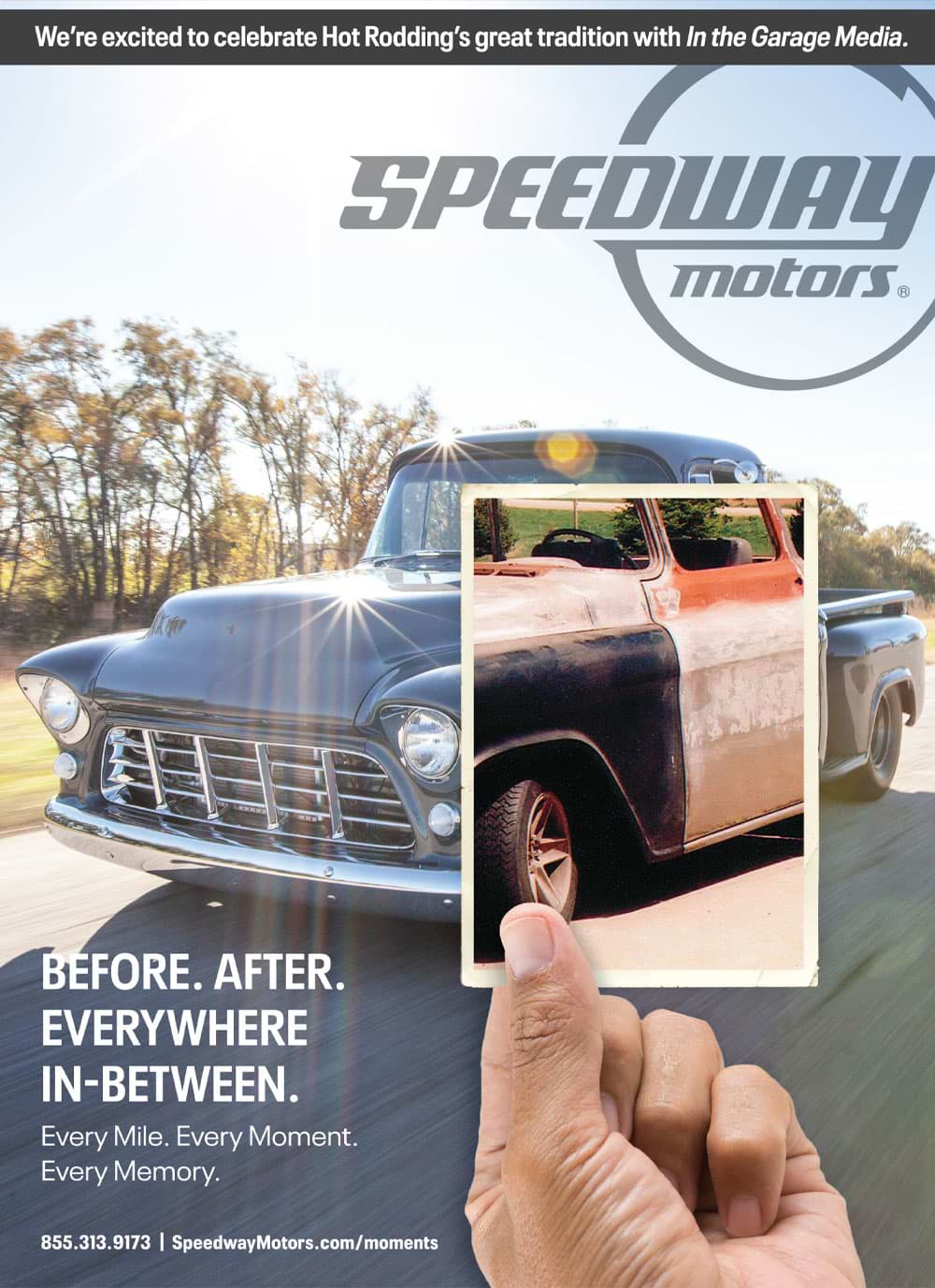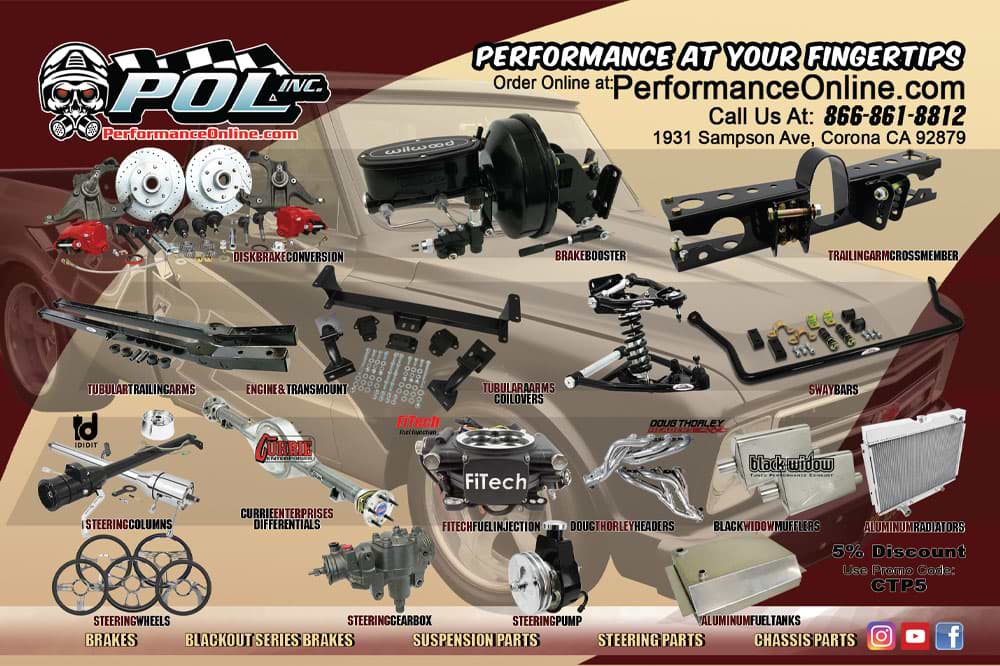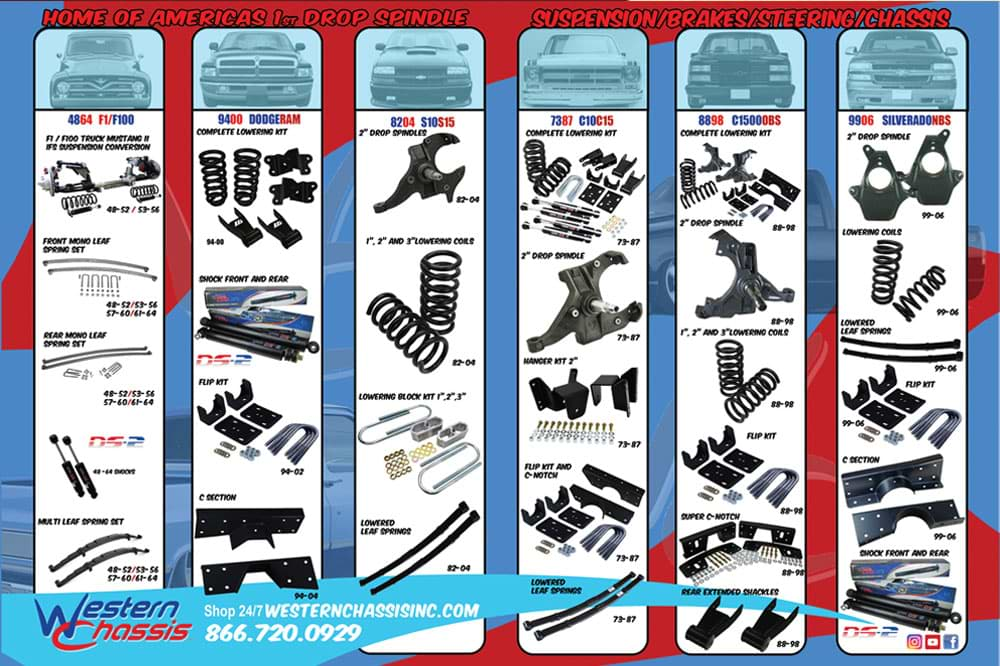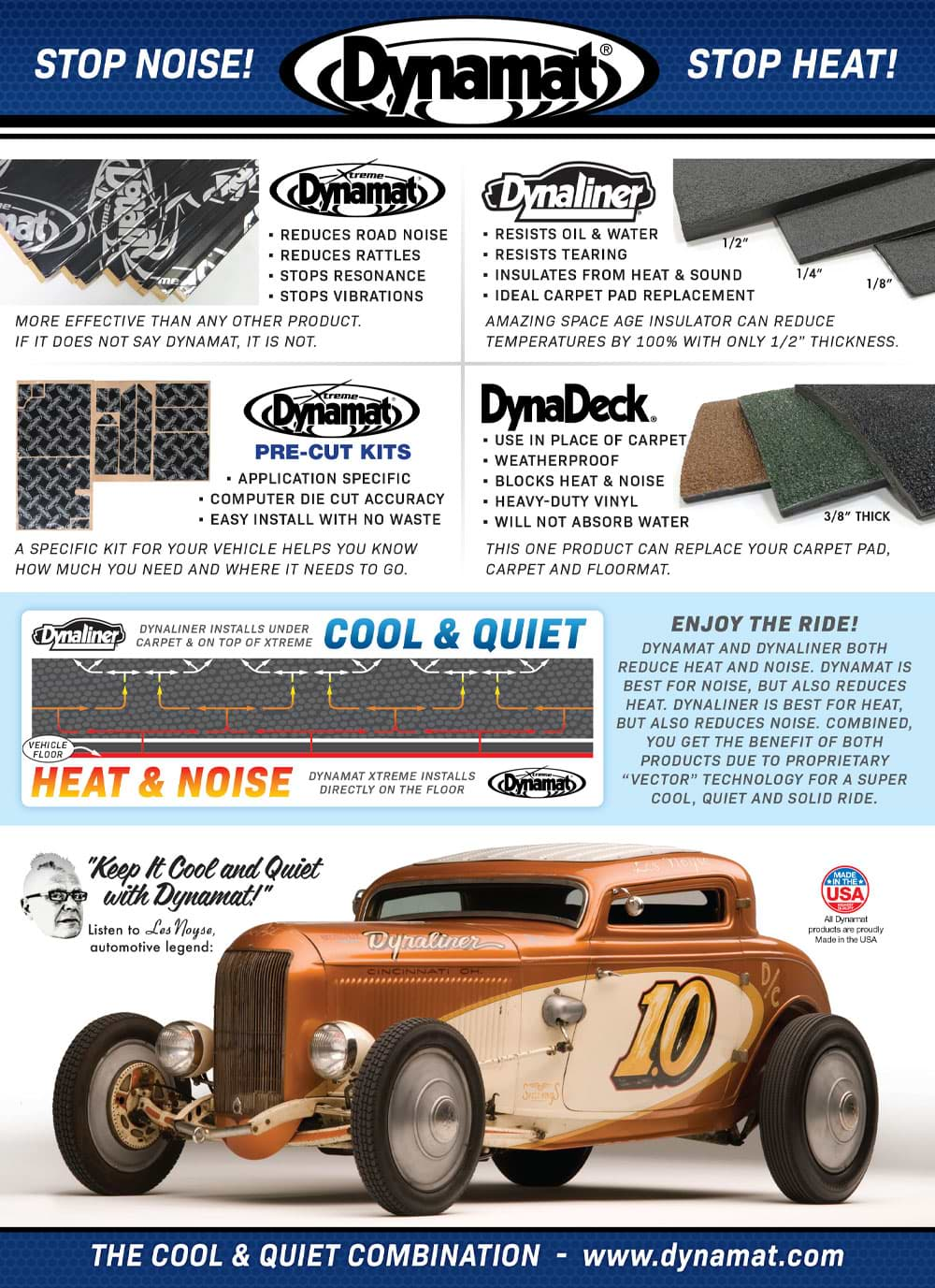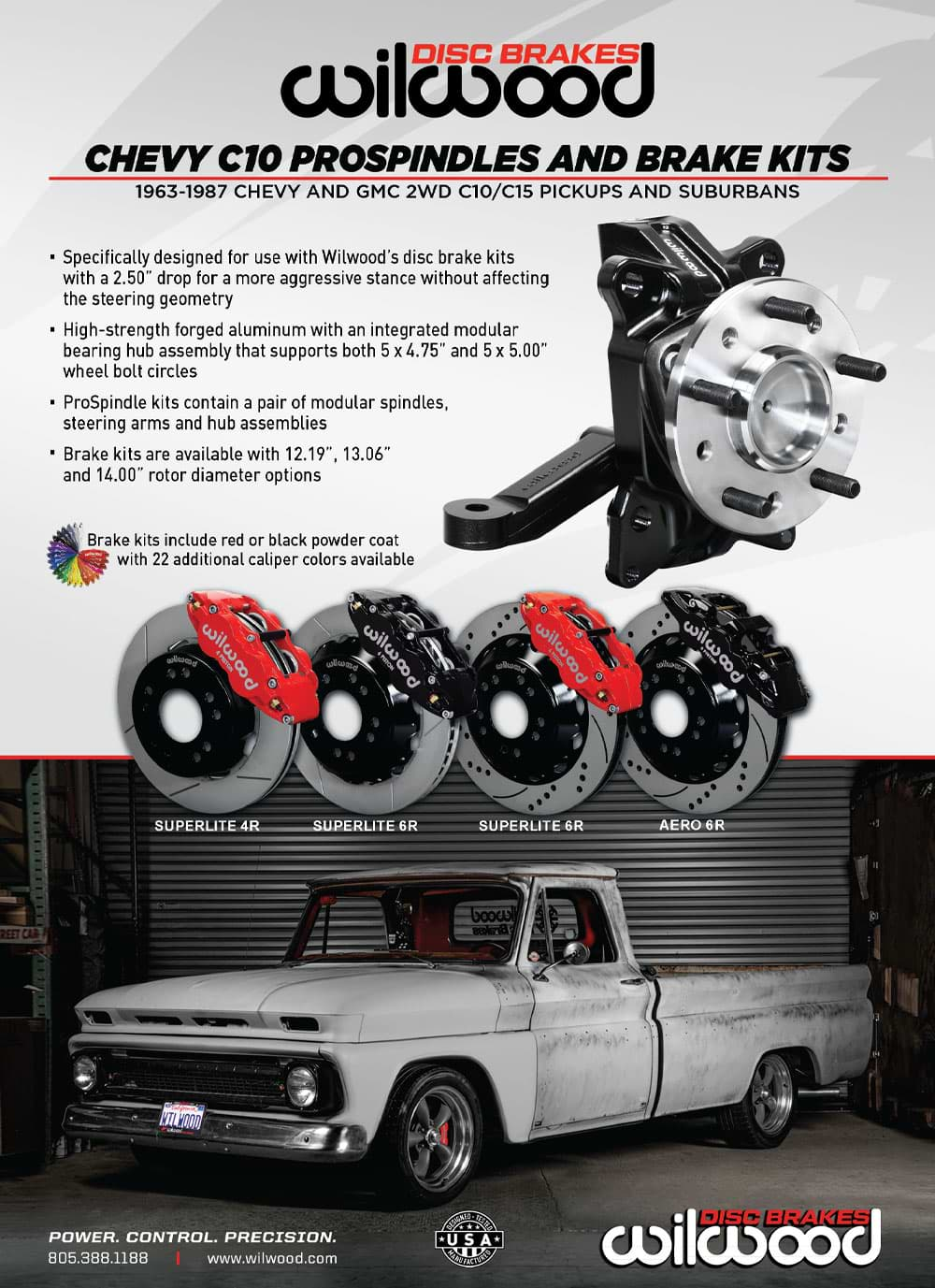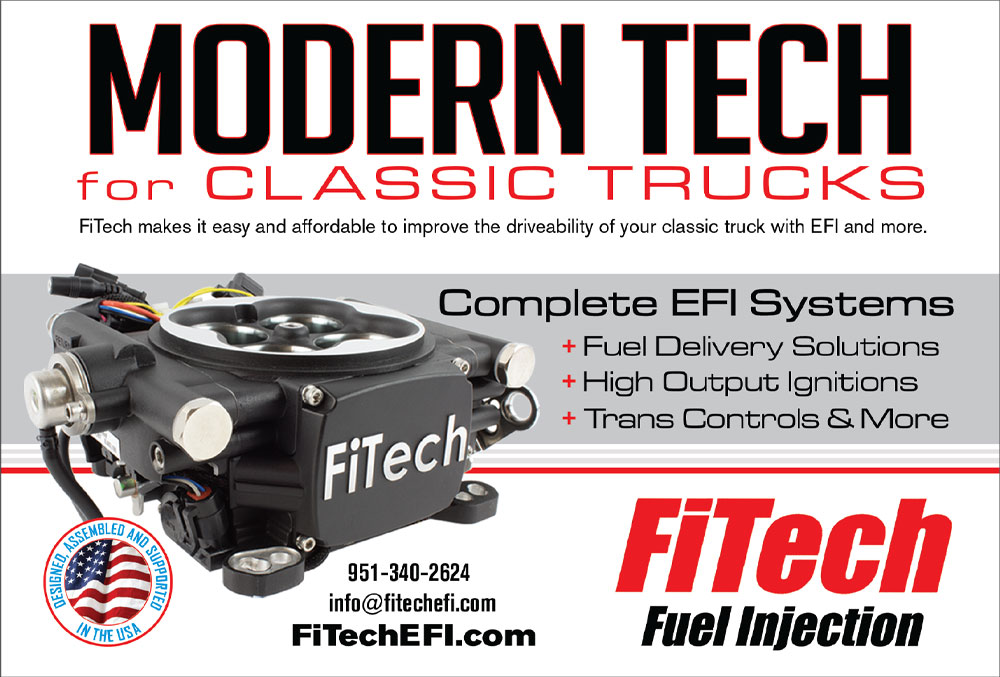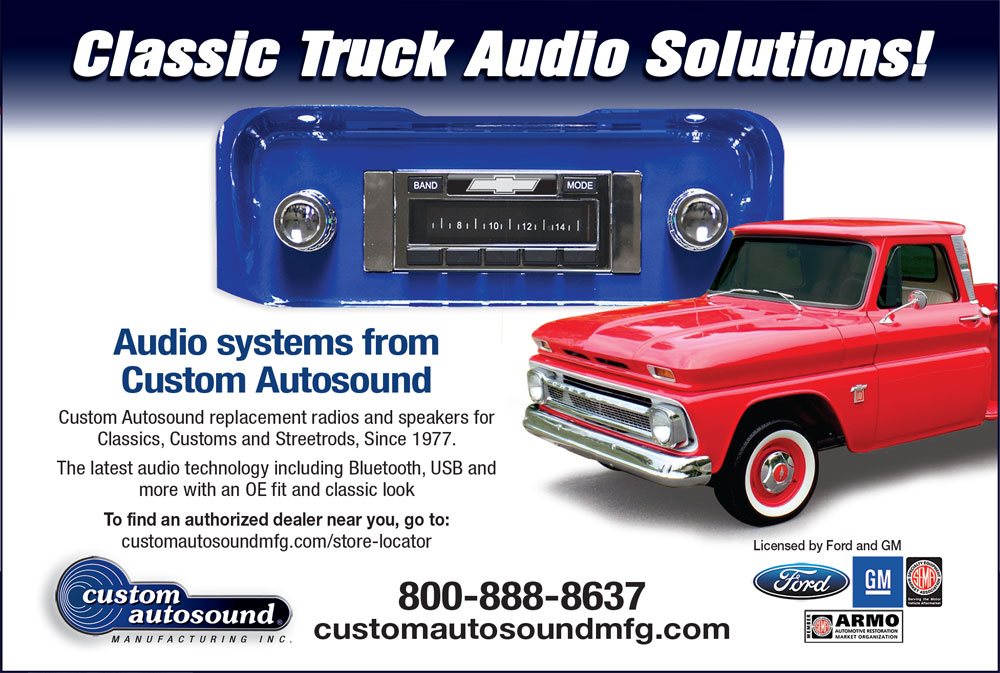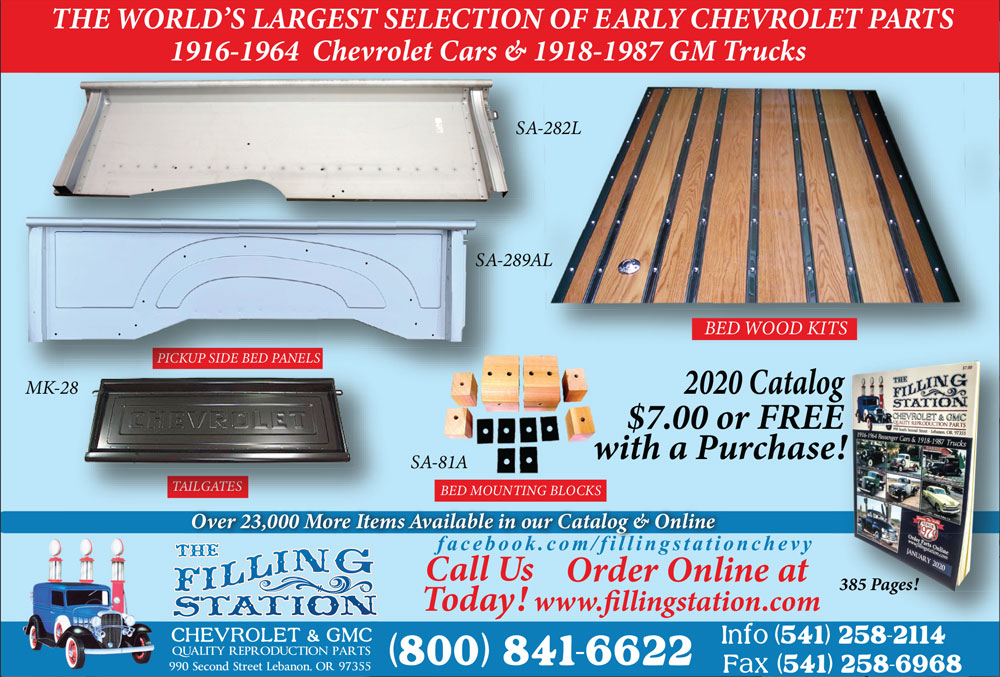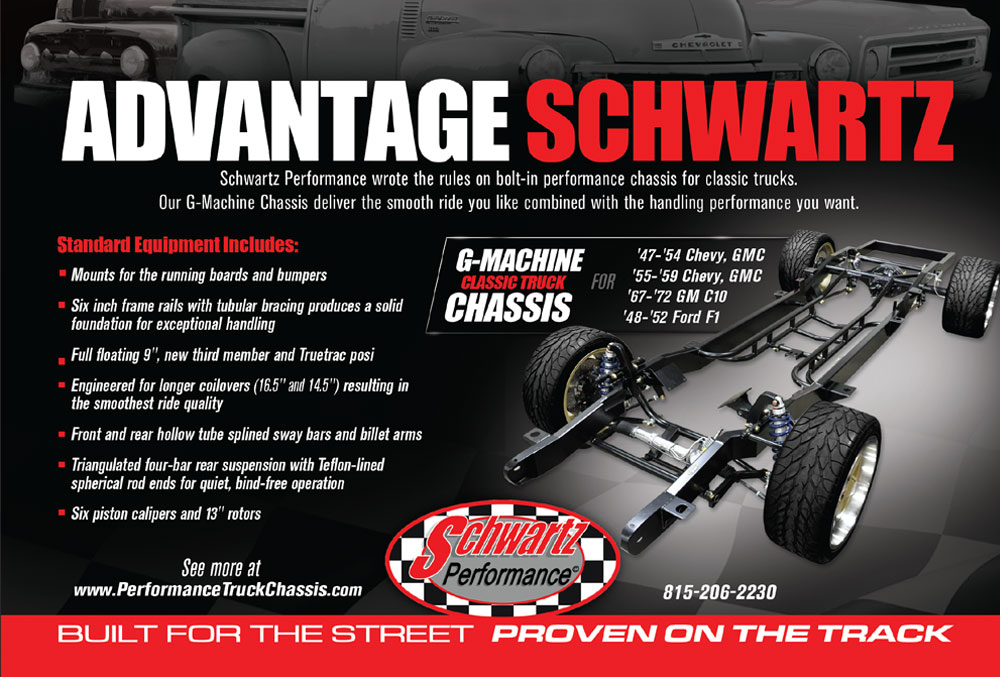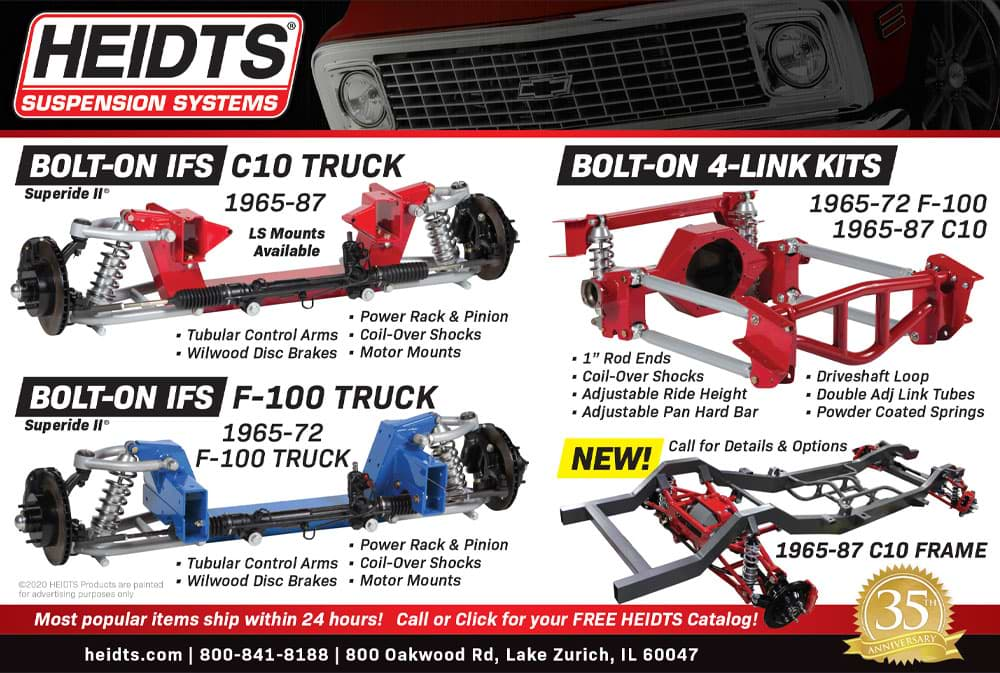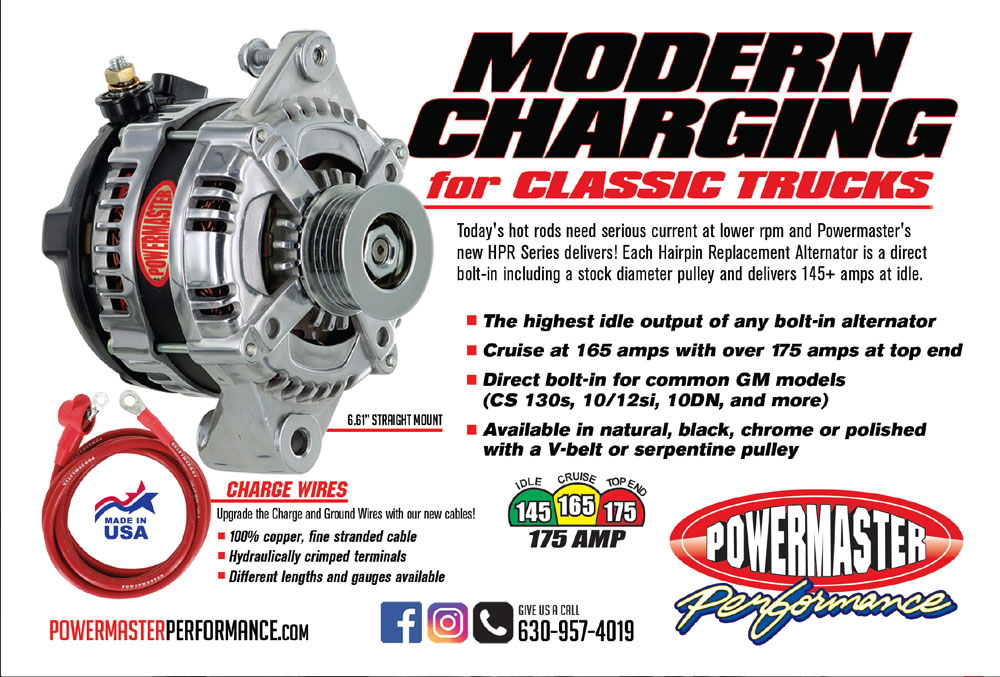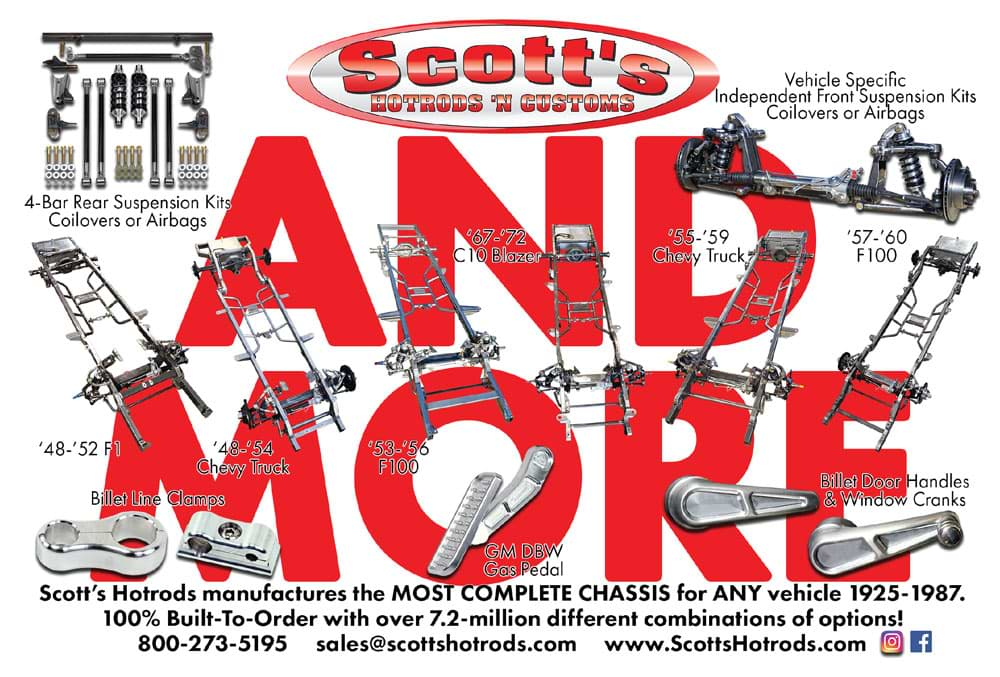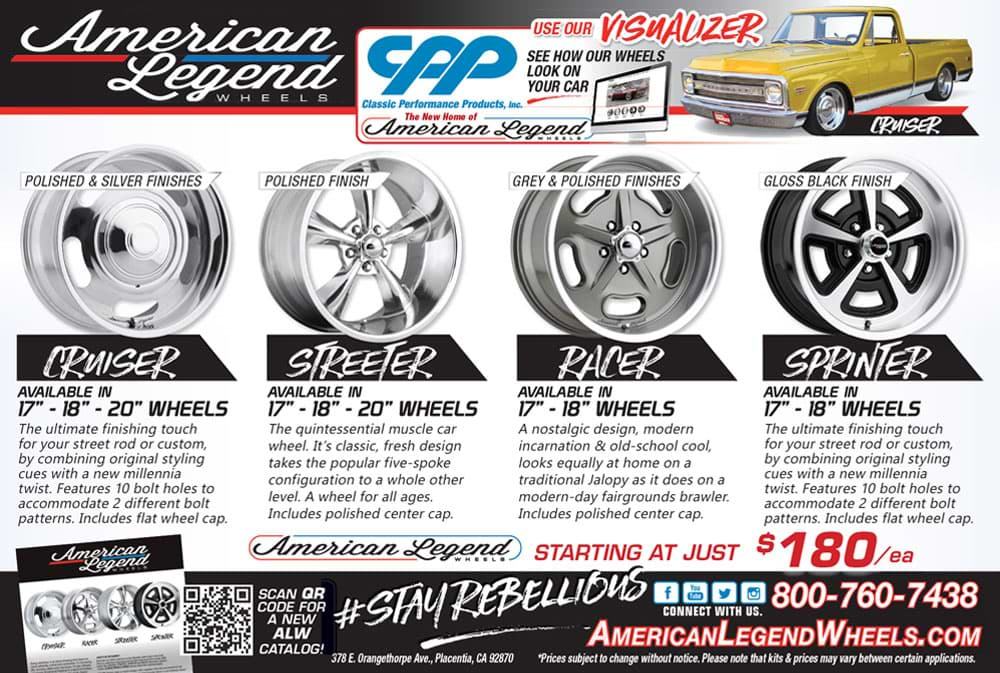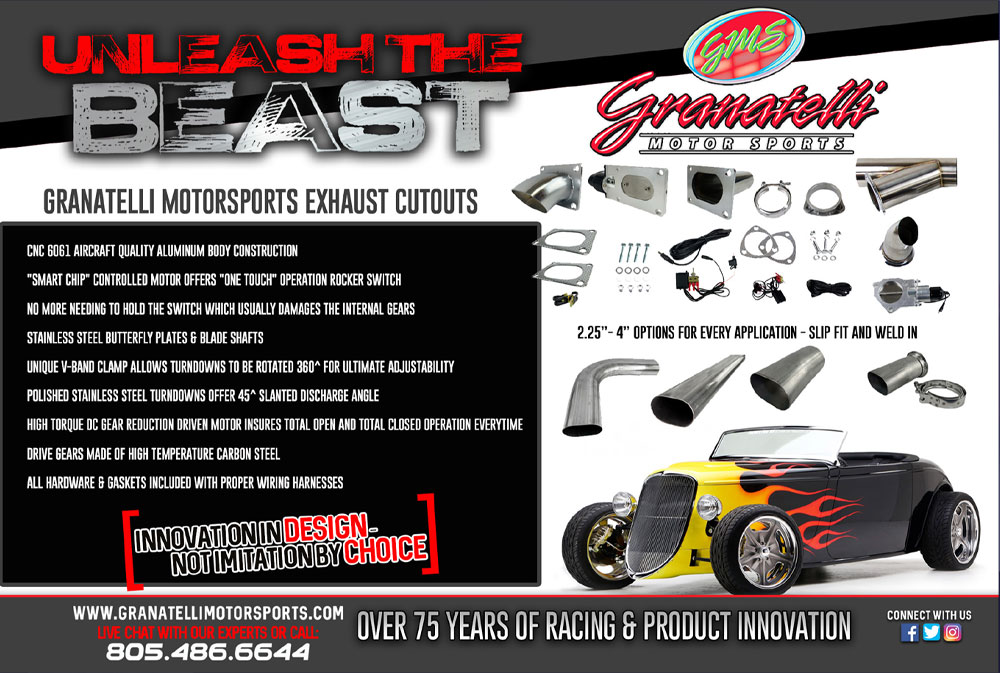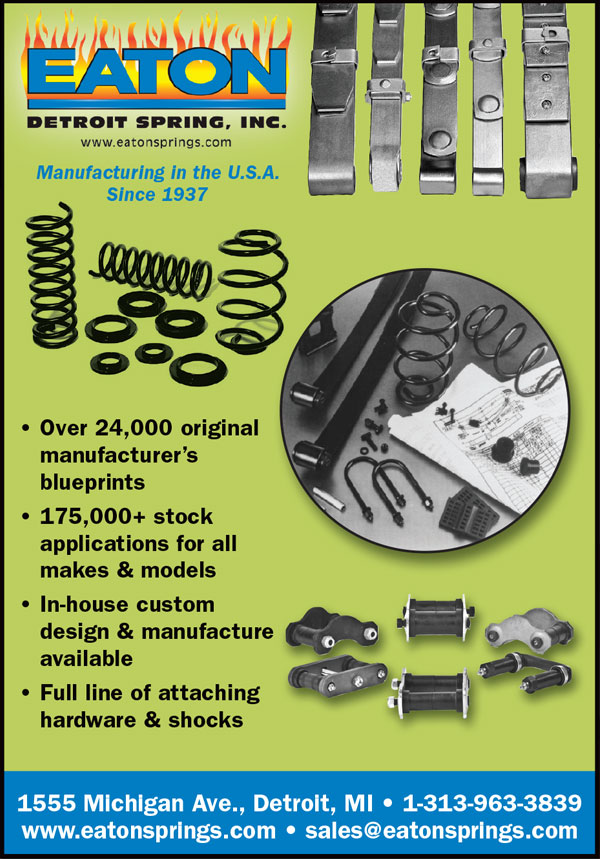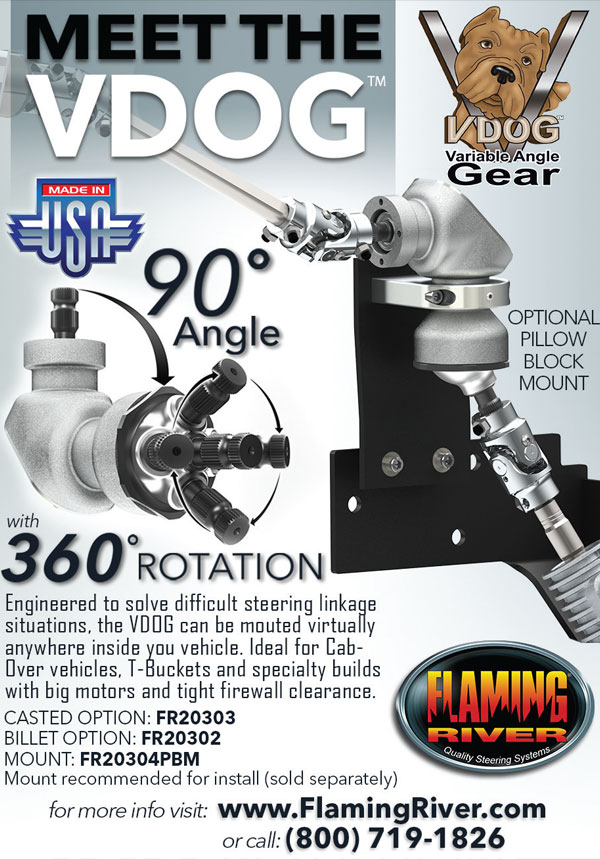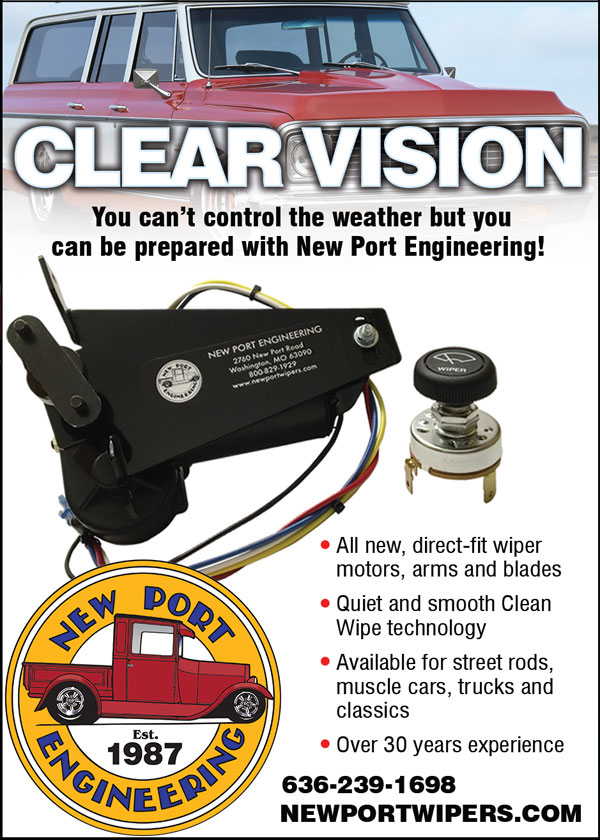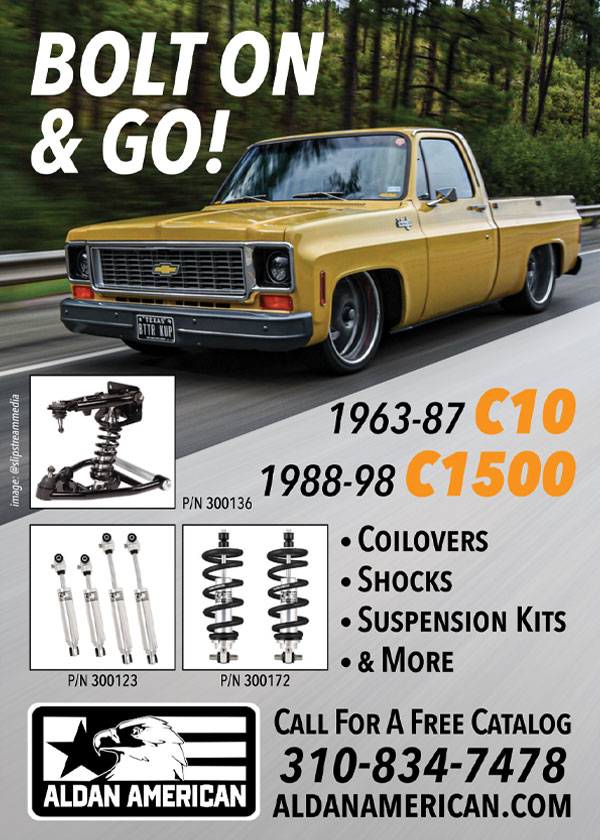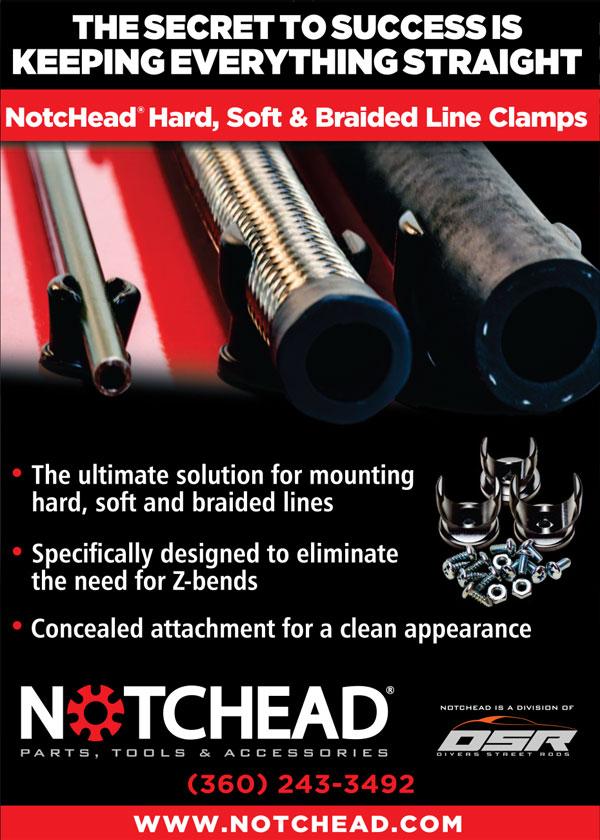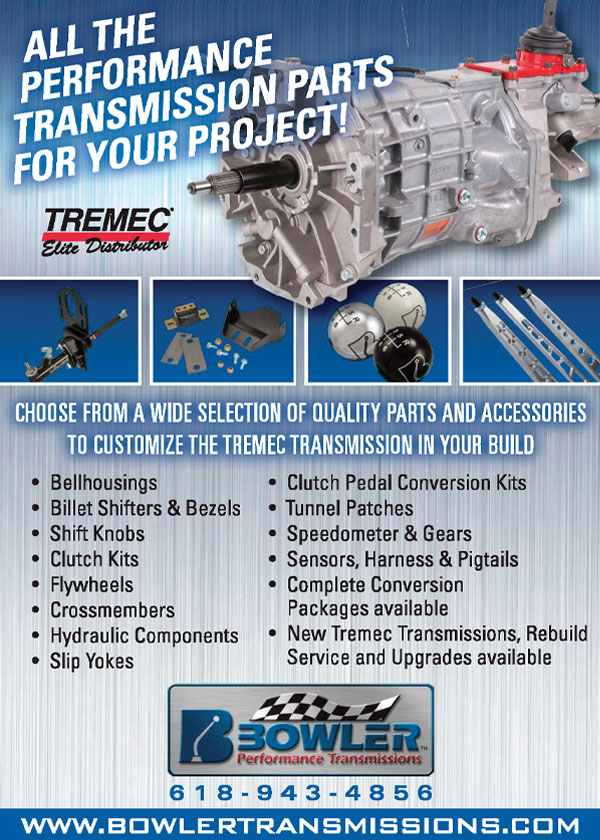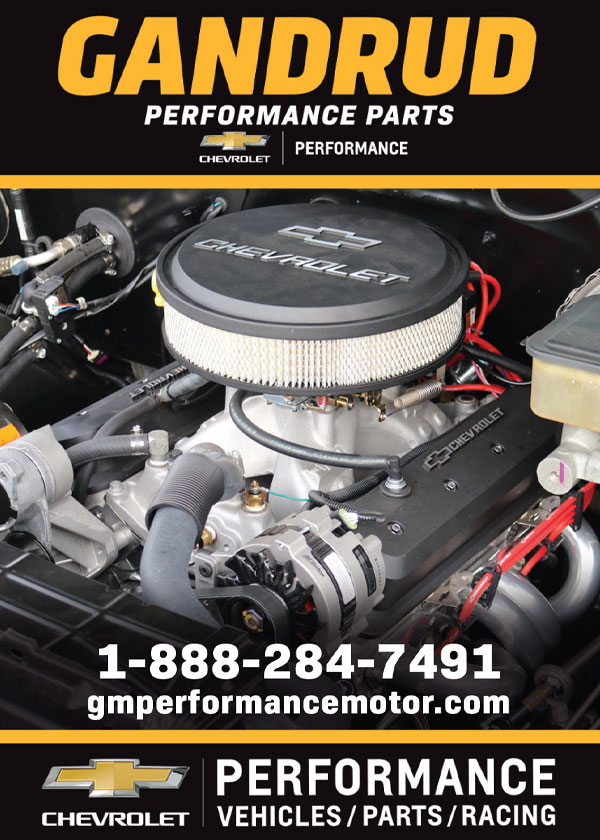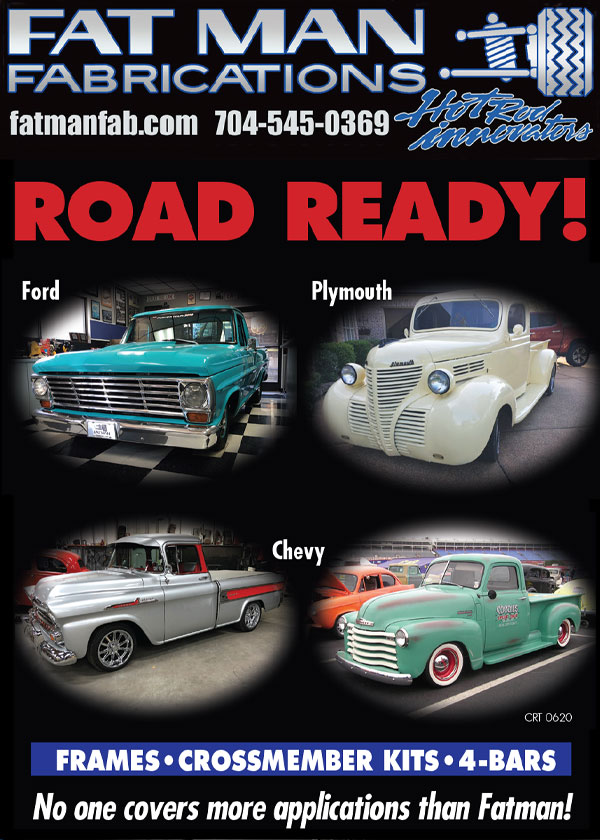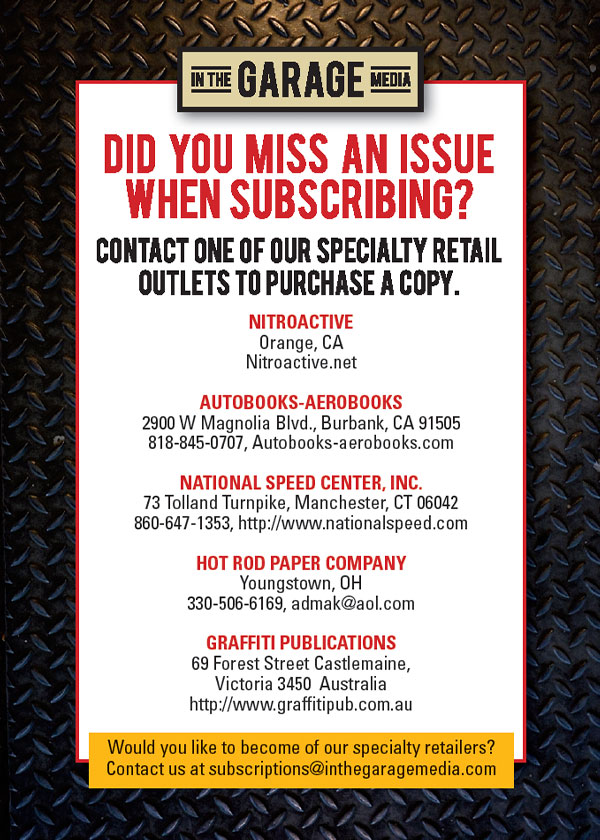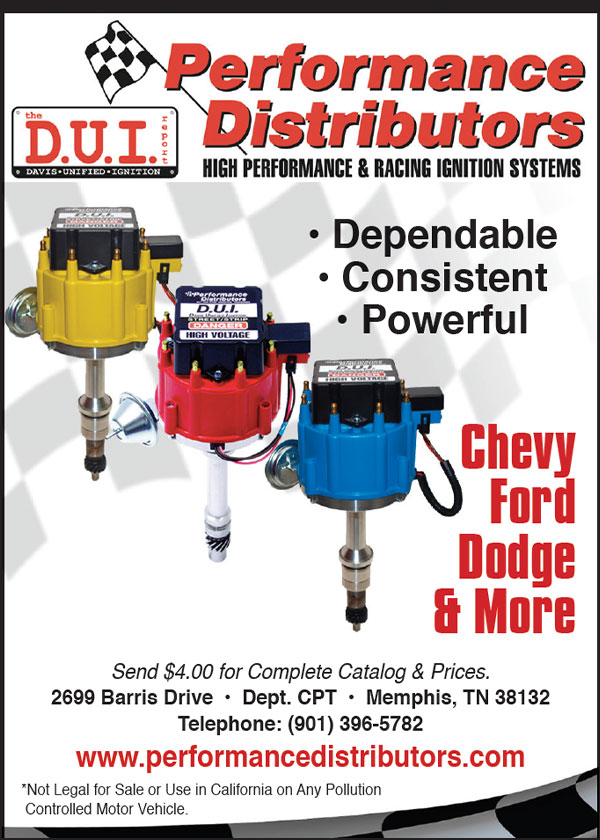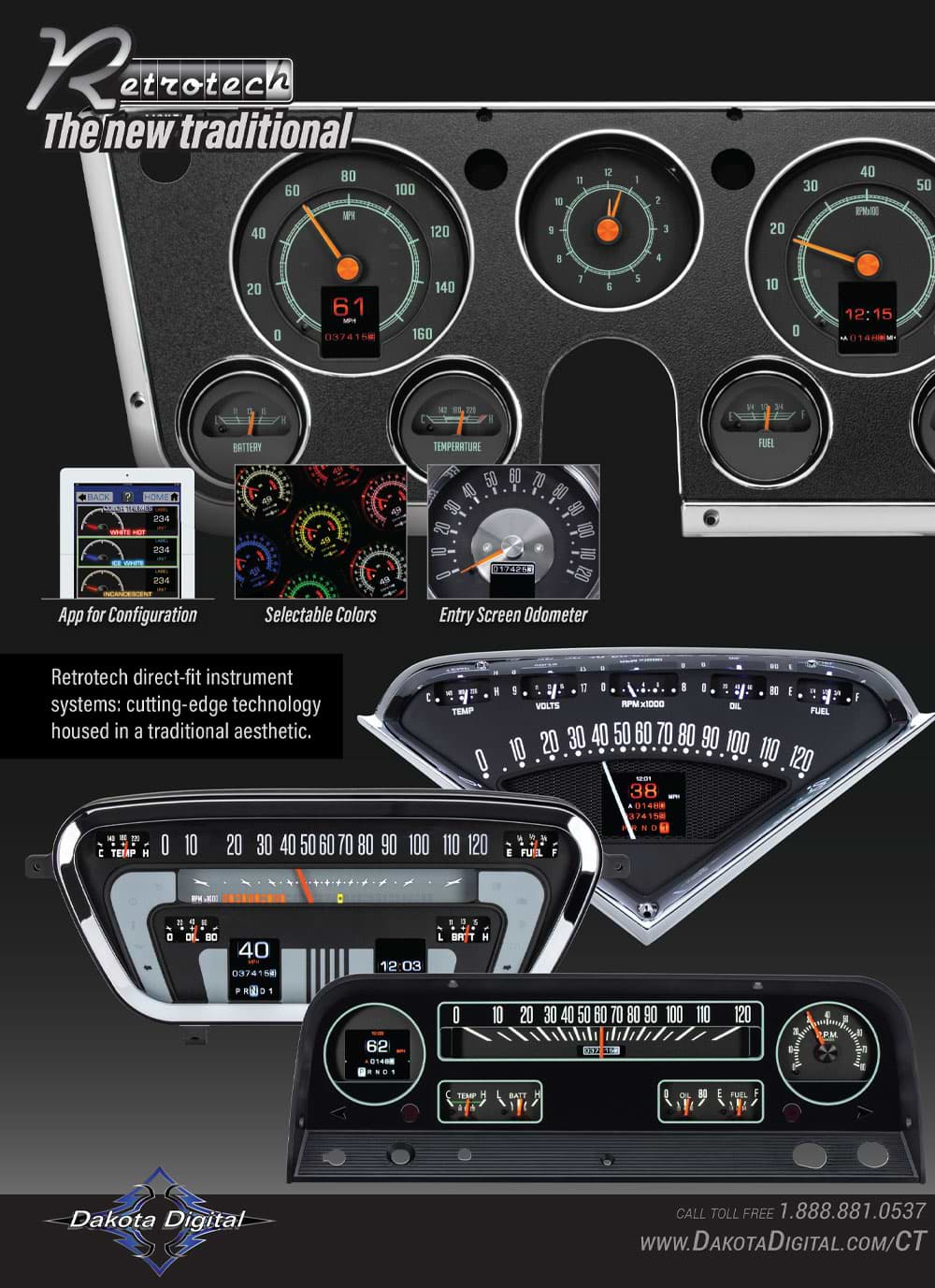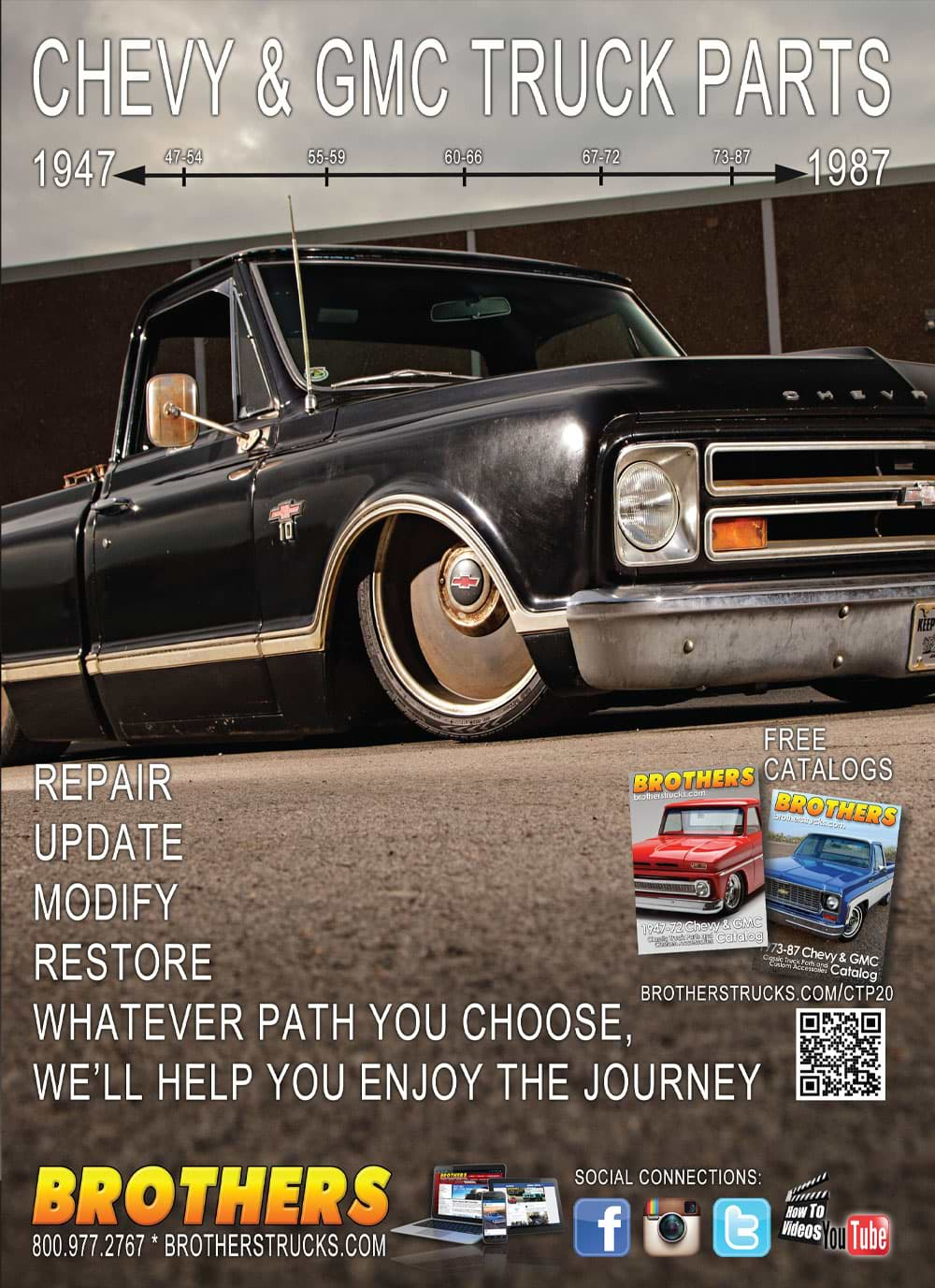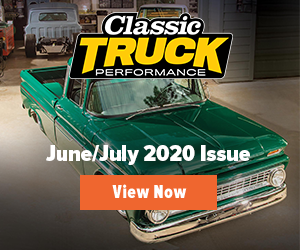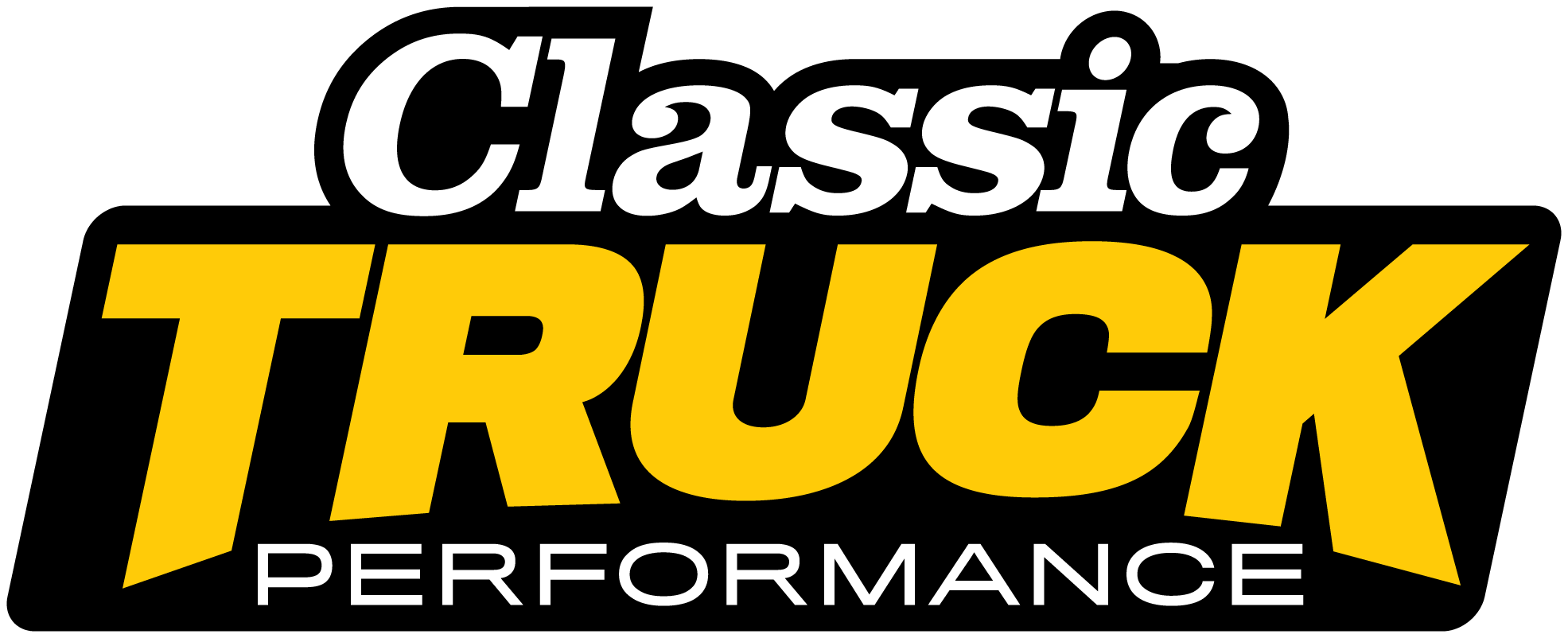
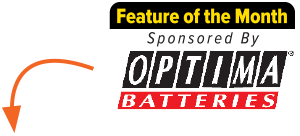
Rodney Bauman, Tommy Lee Byrd, Dominick Damato, Ryan Manson, Tim Sutton


Where We’re Headed
t’s only been a couple months since we launched In The Garage, but man, a lot sure has transpired in the world around us, hasn’t it? We’d expected to attend a handful of events, from our initial announcement at Goodguys Del Mar to the always highly anticipated L.A. Roadsters Father’s Day Show, but as each week passes, each one has been postponed or canceled altogether. Understandable, absolutely—but sad nonetheless. We just want the opportunity to get out in front of people and reconnect the names with faces … just to emphasize that while the magazine may be new, the people behind it are anything but!
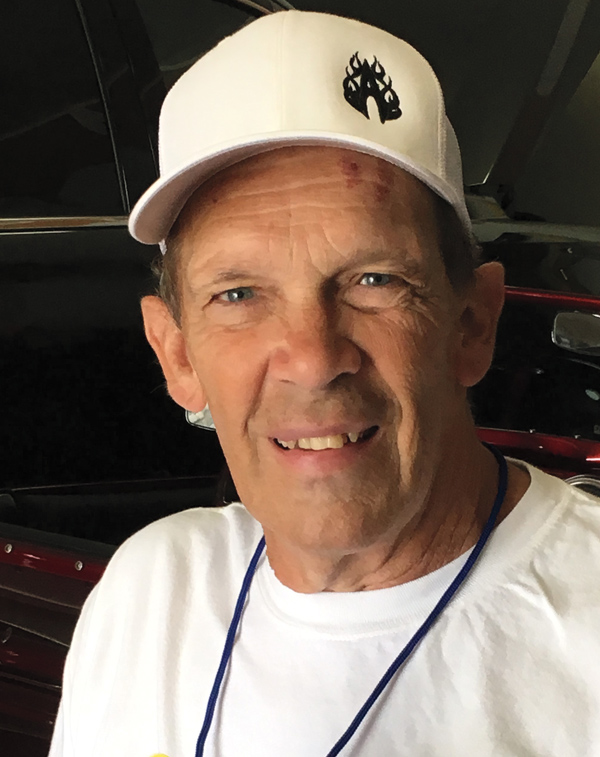
Really Fauxtina
s long as I can remember (lately that isn’t all that long), when I come across an old paintjob—you know the look—the patina appearance speaks volumes about the age of the truck. It gives a peek into its age measured in decades, quality of life, and whether or not the owner had given it proper care and attention. A patina-“dressed” truck is its “badge of courage” and I can remember staring at one dent, scratch, chip, or any other of its life’s accumulation trying to imagine what it must have been used for or what chore it accomplished on this day to gather such an adornment.
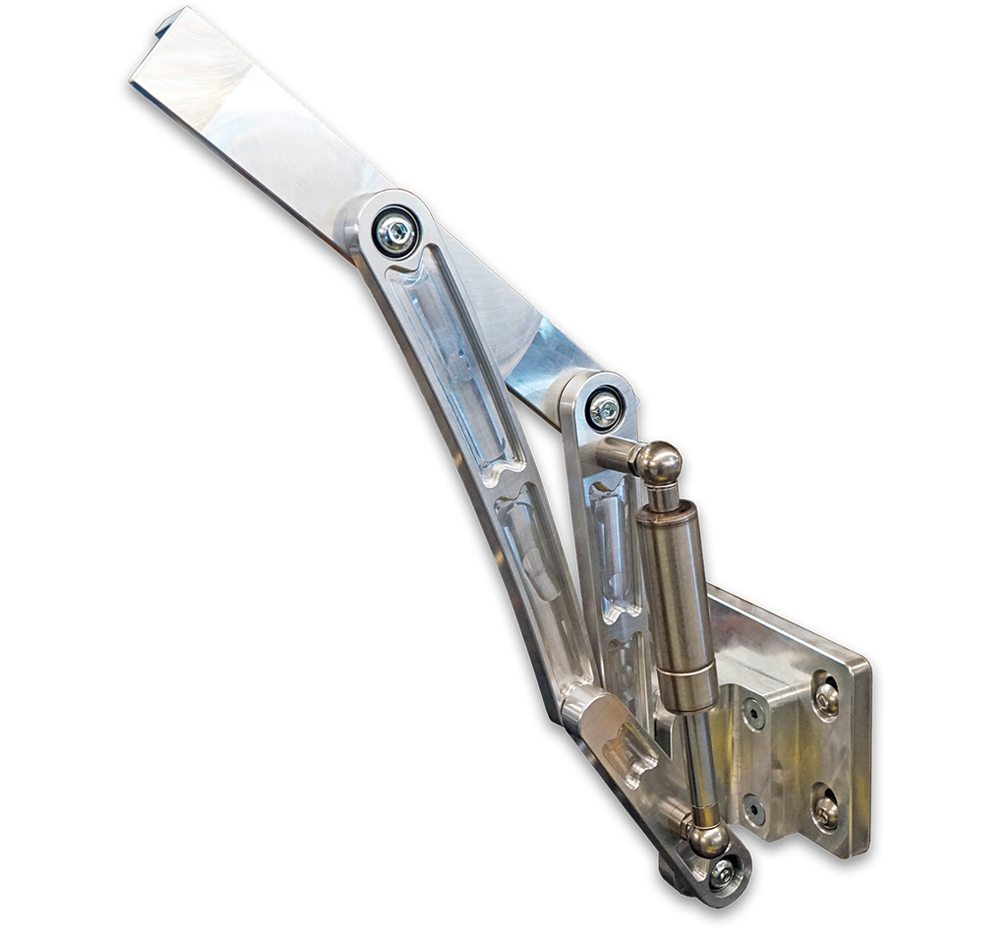
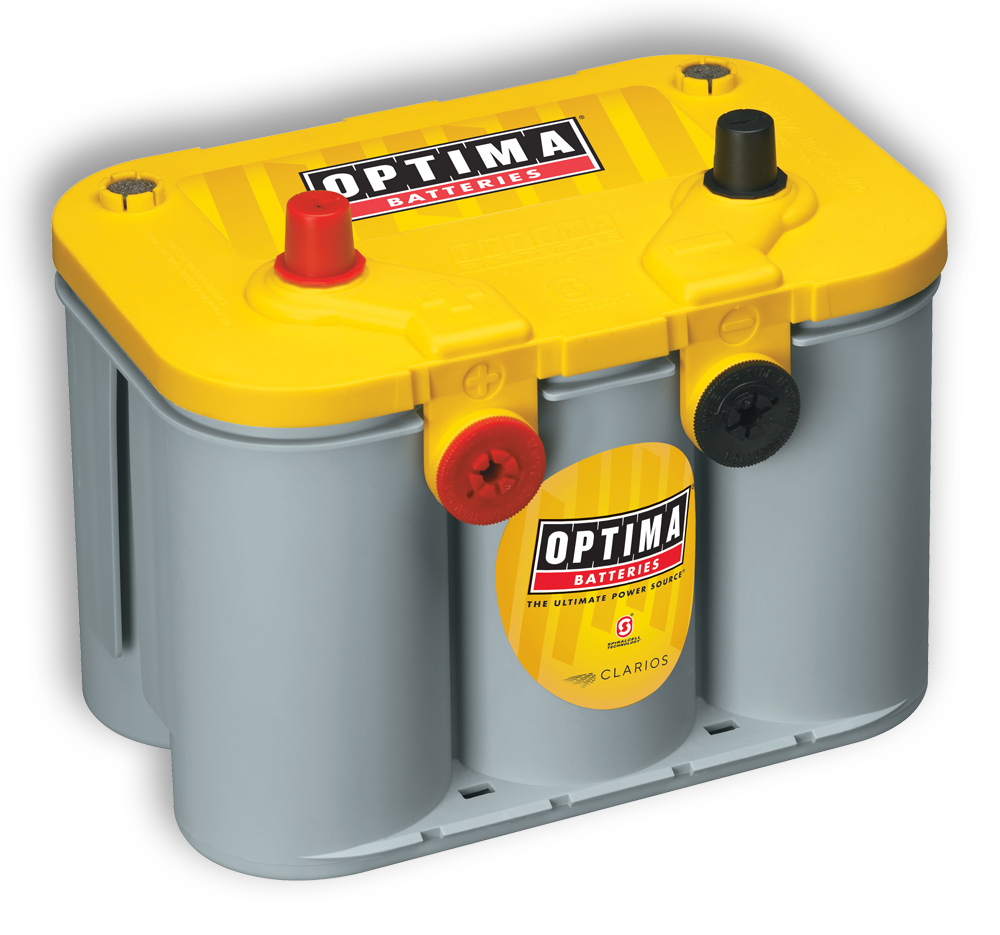

BRIAN BRENNAN
bbrennan@inthegaragemedia.com
ROB FORTIER
rfortier@inthegaragemedia.com
TIM FOSS
tfoss@inthegaragemedia.com
YASMIN FAJATIN
yfajatin@inthegaragemedia.com
PAUL GRAFF
Sarah Gonzalez- Copy Editor
Rodney Bauman, Tommy Lee Byrd, Ron Ceridono, Michael Christensen, Ron Covell, Gant Cox, Dominic Damato, John Drummond, Eric Geisert, Joe Greeves, John Jackson, Barry Kluczyk, Scotty Lachenauer, Nick Licata, Ryan Manson, Josh Mishler, Chris Shelton, Tim Sutton, Chuck Vranas – Writers and Photographers
Mark Dewey – National Sales Manager
Janeen Kirby – Sales Representative
Patrick Walsh – Sales Representative
ClassicTruckPerformance.com
ModernRodding.com
InTheGarageMedia.com
subscriptions@inthegaragemedia.com
ads@inthegaragemedia.com
EDITORIAL CONTRIBUTIONS
info@inthegaragemedia.com

Classic Truck Performance. August/September 2020, Vol 1, No 2 is published bi-monthly by In The Garage Media. 1350 E. Chapman Ave. #6650, Fullerton, CA 92834-6550.


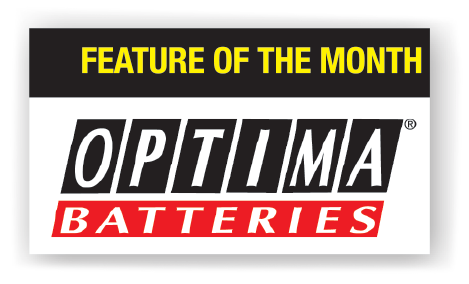
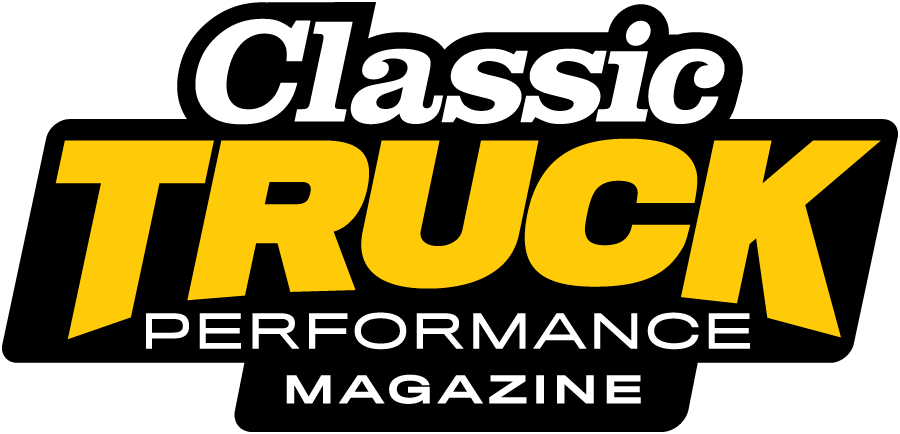

Chevy 3100
Photography by Tim Sutton
f at first you don’t succeed, try, try again has applications in practically everything we do in our daily lives … and sometimes it even rings true for these old trucks we often devote our lives—and untold amounts of money—toward! Case in point: Andy Simms’ 1953 Chevy Advance-Design (AD) 3100.
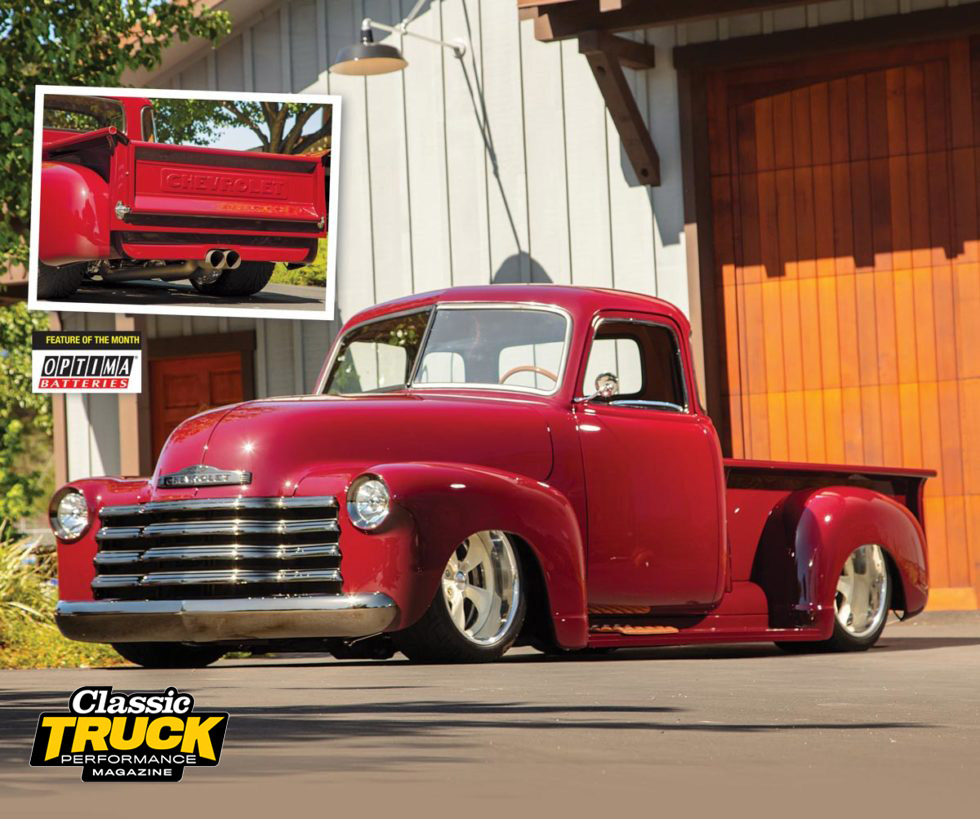

Chevy 3100
Photography by Tim Sutton
f at first you don’t succeed, try, try again has applications in practically everything we do in our daily lives … and sometimes it even rings true for these old trucks we often devote our lives—and untold amounts of money—toward! Case in point: Andy Simms’ 1953 Chevy Advance-Design (AD) 3100.
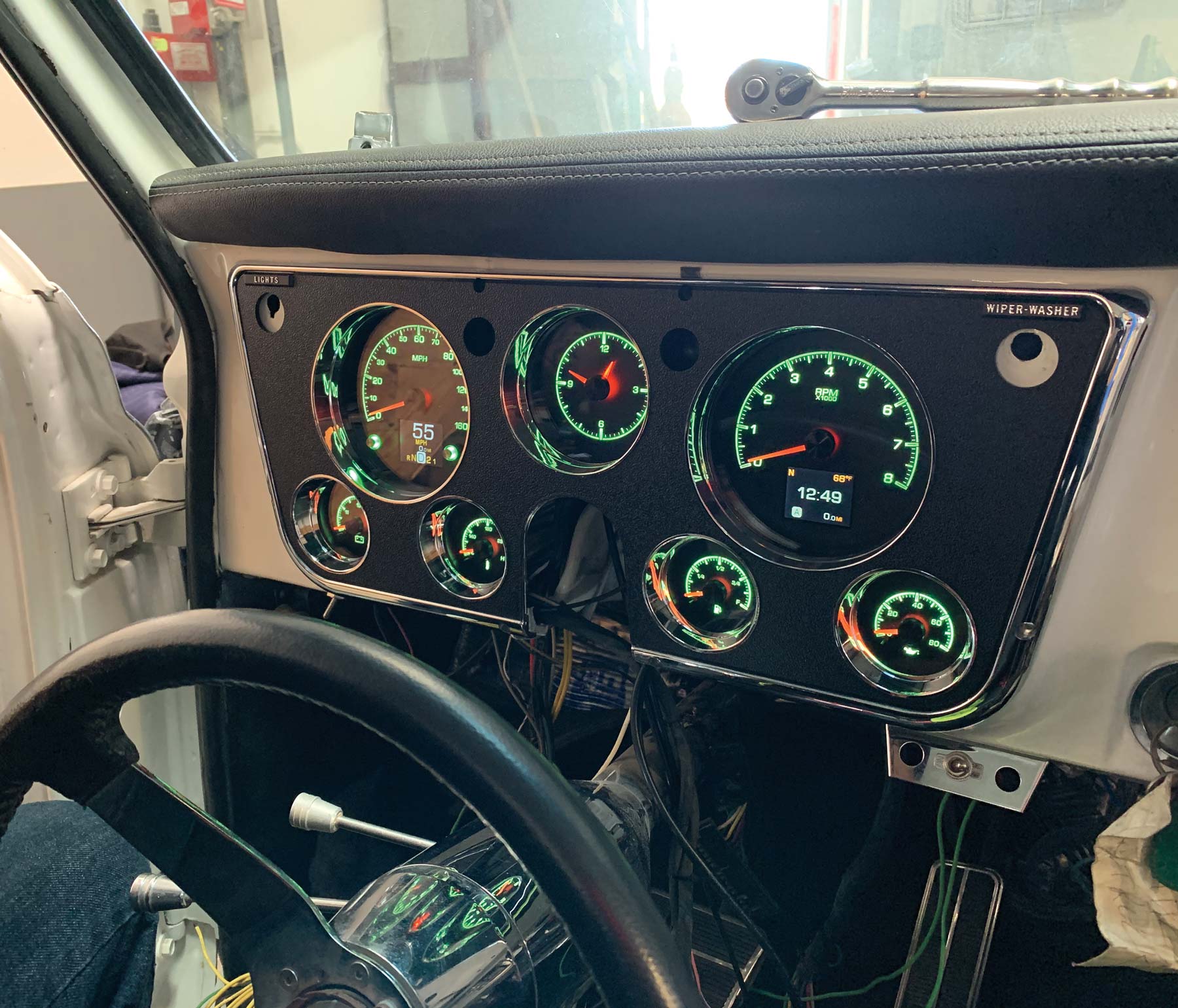
I pity those of you over the age of 50 (maybe even younger?!) who don’t have any kids to help you navigate modern computer electronics—without my teenage son, I’d be lost when it comes to many things in this virtual world we live in! That said, I will be the first to acknowledge the vast advancements the performance aftermarket has made in recent years with everything from drivetrain components to instrumentation—especially the latter.
Not so long ago, Dakota Digital was known for primarily just what their name implies: blue LED digital gauges. Today, while Dakota still offers their proprietary instrumentation, they’ve made leaps and bounds in technological advancements, to the point where it’s almost as if they took two steps back instead of forward—and that’s a good thing! Why, you ask? Well, one look at their line of HDX (and the newly released RTX) digital-analog factory-retrofit gauges for the Chevy C10 truck series (the entire line!) and you’d think they’d recreated the stock instrument clusters … that is until you turned the ignition on for the first time and really got an in-depth look at what’s actually behind those beautiful analog gauge faces.
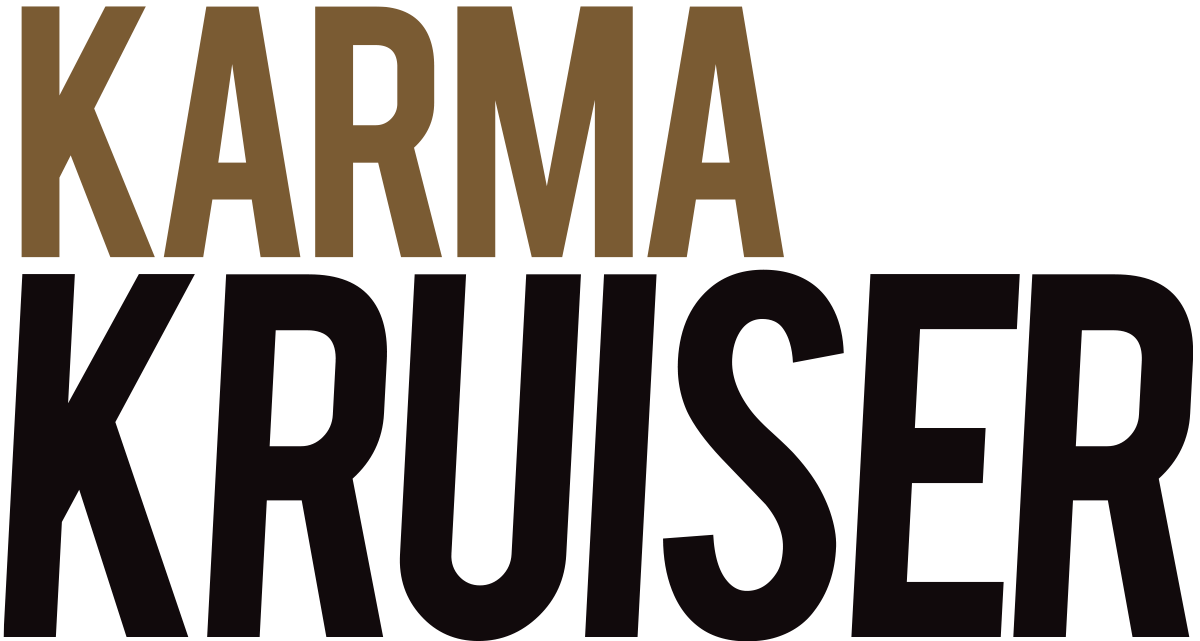
Photography by Dominick Damato
uman interest” always makes for the most interesting feature stories, and every so often we stumble upon one so meaningful and endearing that truly deserves retelling from the owner’s viewpoint. Such is the case with Mark Wedell, who inherited this hybrid heavy hauler from his aging stepfather, and dedicated it to his terminally ill daughter, who has been stricken with cystic fibrosis since birth.

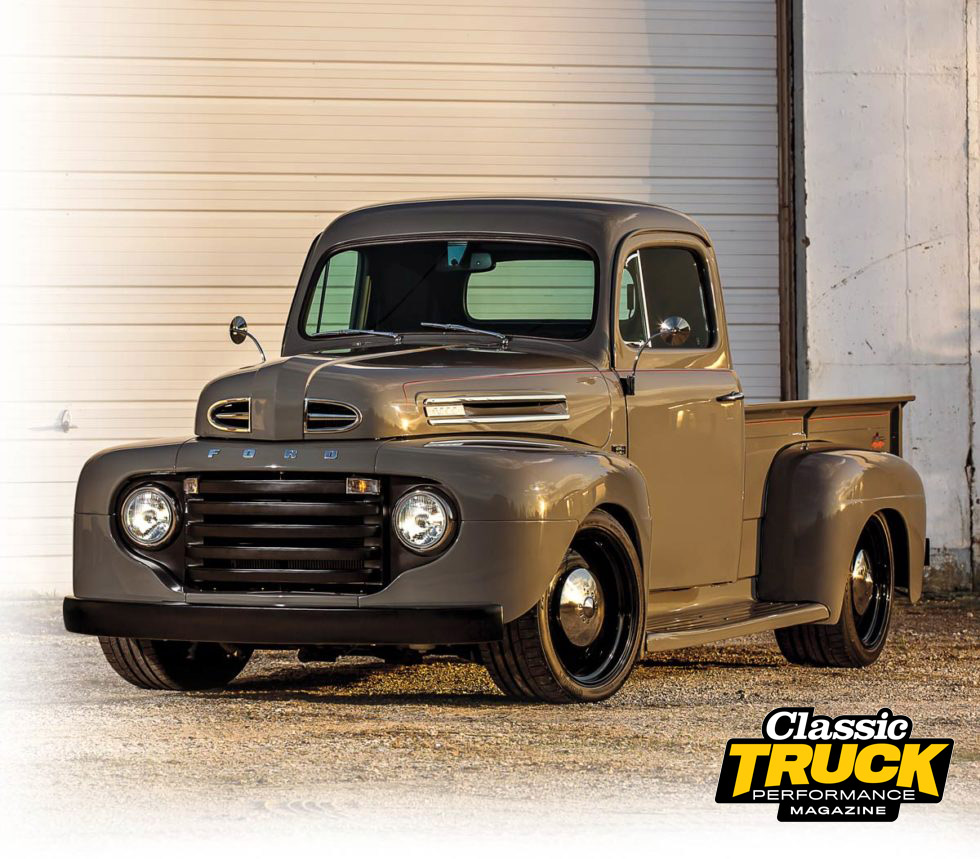

Photography by Dominick Damato
uman interest” always makes for the most interesting feature stories, and every so often we stumble upon one so meaningful and endearing that truly deserves retelling from the owner’s viewpoint. Such is the case with Mark Wedell, who inherited this hybrid heavy hauler from his aging stepfather, and dedicated it to his terminally ill daughter, who has been stricken with cystic fibrosis since birth.
“The original drivetrain was a 225ci flathead inline-six, rated at 95 hp, connected to a four-speed ‘spur gear’ manual transmission, driving a Timken banjo-style rear axle with a 4.86:1 gear ratio. This setup was great for use on the farm, but not suited for long trips over the road.
“Known as the ‘Bonus Built’ series of trucks, the F-3 was a bare bones vehicle. It had one vacuum-operated wiper on the driver side only, no heater, and a 13-leaf rear suspension with no shock absorbers. It did, however, have a long bed, which made it extremely useful for hauling.
“In 1986, my stepfather, Ron, became the second owner.
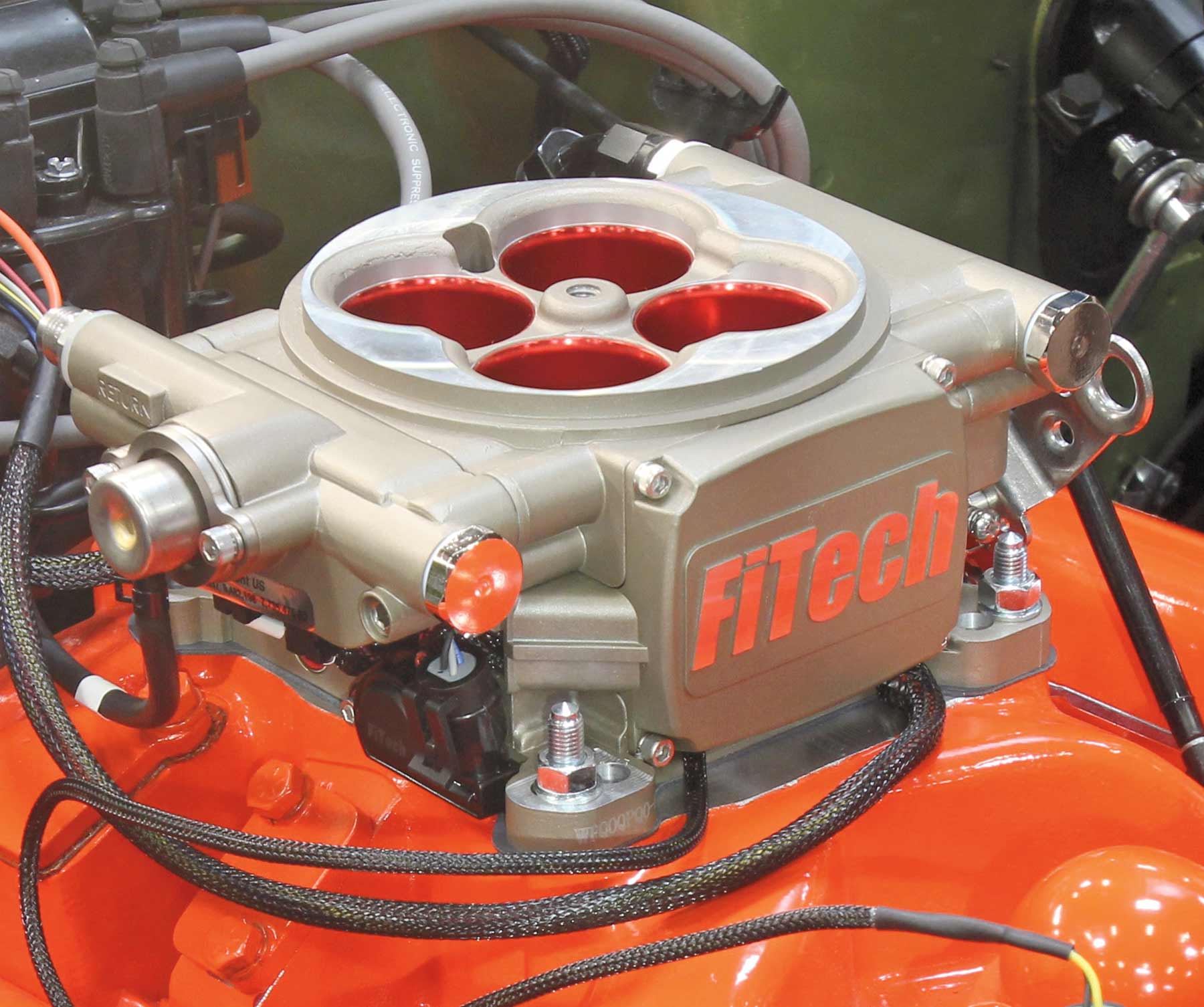
When electronic fuel injection systems first showed up in the automotive aftermarket, they were complicated, bulky affairs. Installations were laborious, requiring high-pressure compliant fuel lines be run both to and from the gas tank, and in some situations a new tank altogether. Additional fuel filters and an external fuel pump were also required. A mounting location for the computer was required and with it an array of sensors and hardware that also needed to be installed. A wiring harness more complicated than the original vehicle’s main harness wasn’t uncommon, leading many to simply forego using this newfangled technology, leaving them stalwarts of the common carburetor.
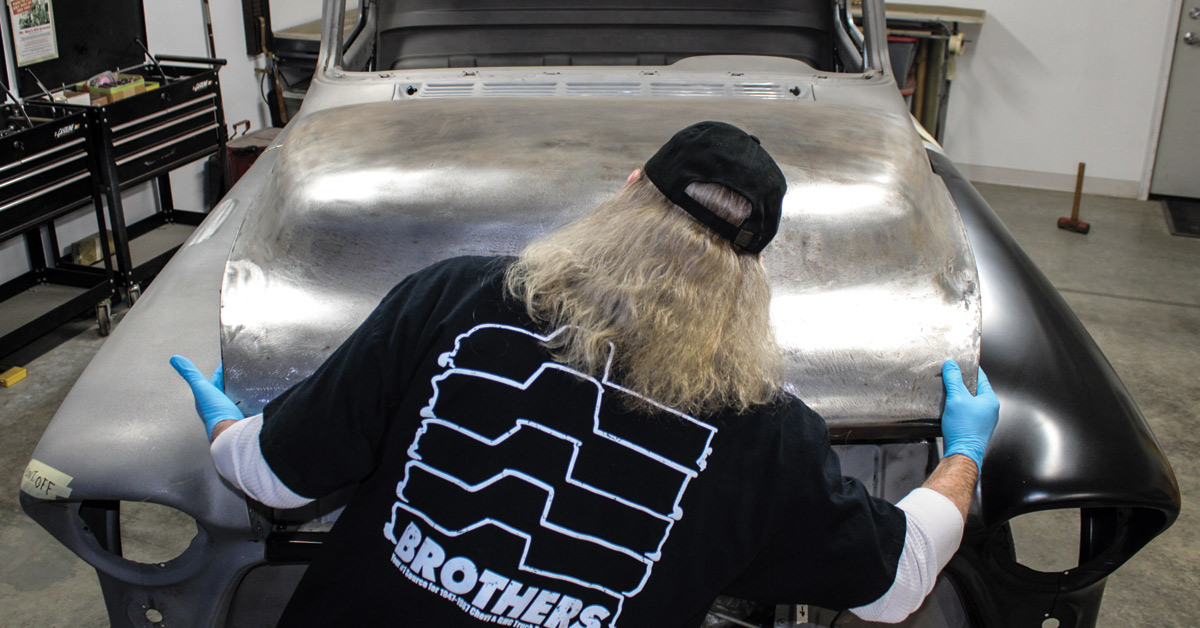
With 3/16-inch average gaps, the previously crash-damaged hood was fitting in with adjacent panels, except toward the front corners. The driver side was the worst. In that short stretch the hood appeared to sit a bit too high, as it also protruded a bit too far forward—at least by most of our standards today.

Photography by the Author
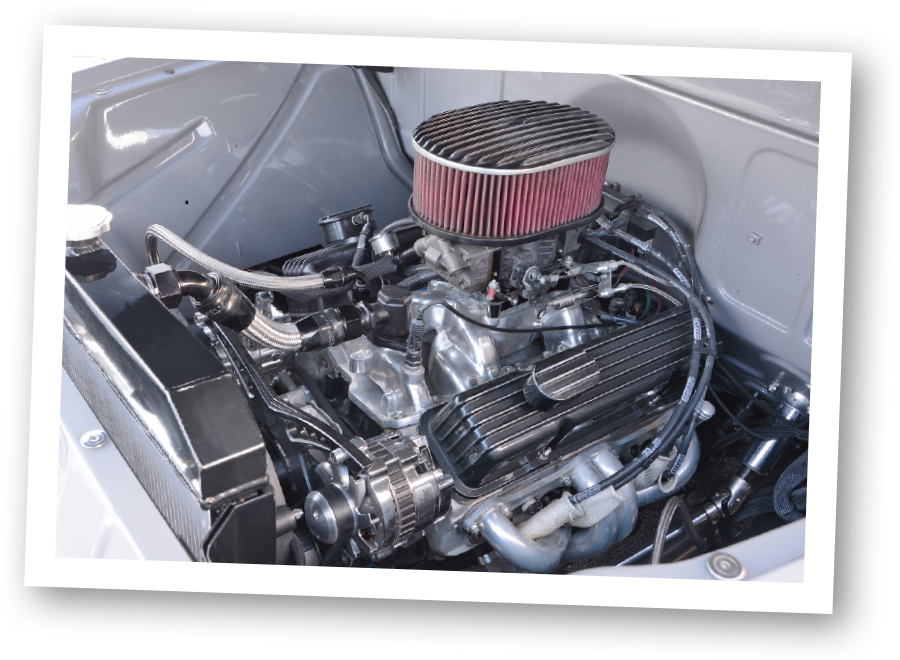
tilitarian by nature, trucks were originally designed as workhorses. Through the years we’ve seen the number of classic truck enthusiasts grow by the thousands, as old trucks are plentiful and relatively affordable. The downside of low cost of entry is that they usually have rust issues in the cab, beat-up beds, and an essentially useless suspension. Charlie Simpson, a resident of Chattanooga, found this 1957 Chevy 3100 pickup through a friend in Nashville, and embarked on a two-year journey to scratch-build a killer truck with an intense level of detail.



Photography by the Author
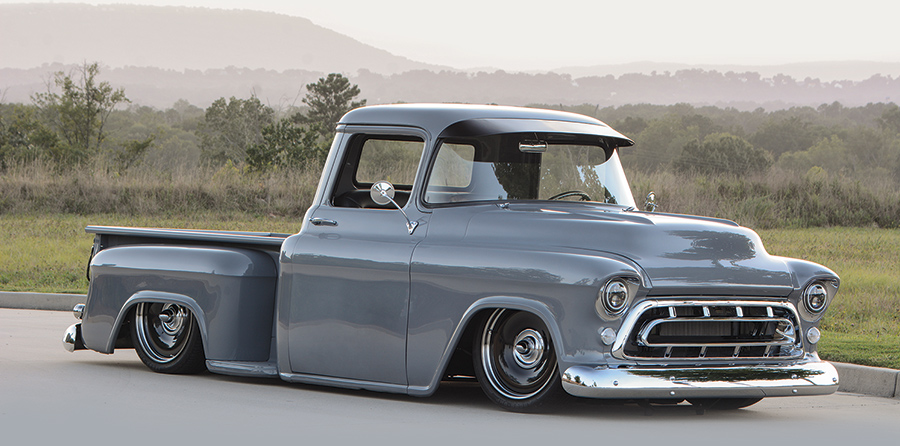
tilitarian by nature, trucks were originally designed as workhorses. Through the years we’ve seen the number of classic truck enthusiasts grow by the thousands, as old trucks are plentiful and relatively affordable. The downside of low cost of entry is that they usually have rust issues in the cab, beat-up beds, and an essentially useless suspension. Charlie Simpson, a resident of Chattanooga, found this 1957 Chevy 3100 pickup through a friend in Nashville, and embarked on a two-year journey to scratch-build a killer truck with an intense level of detail.



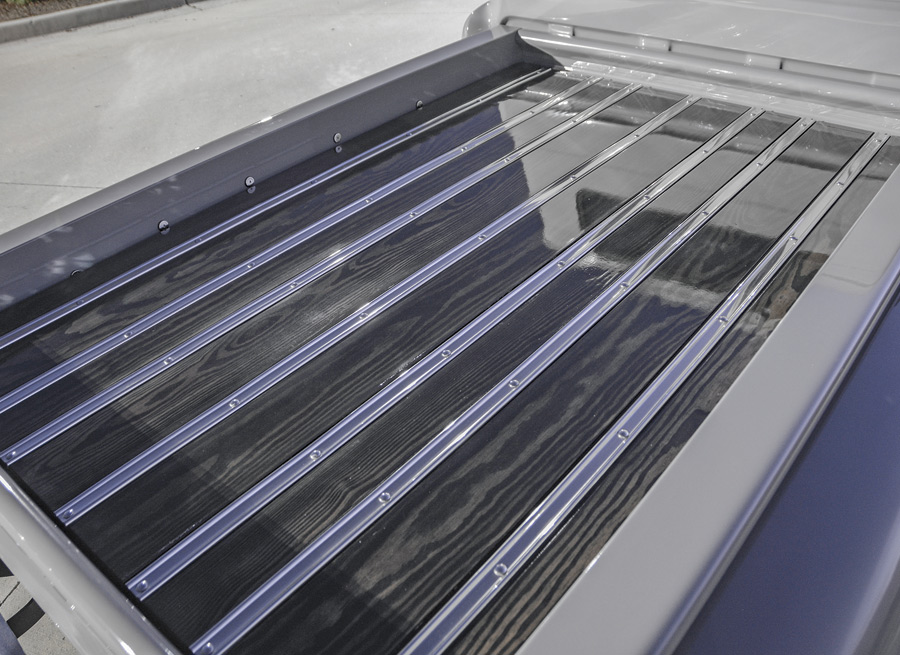

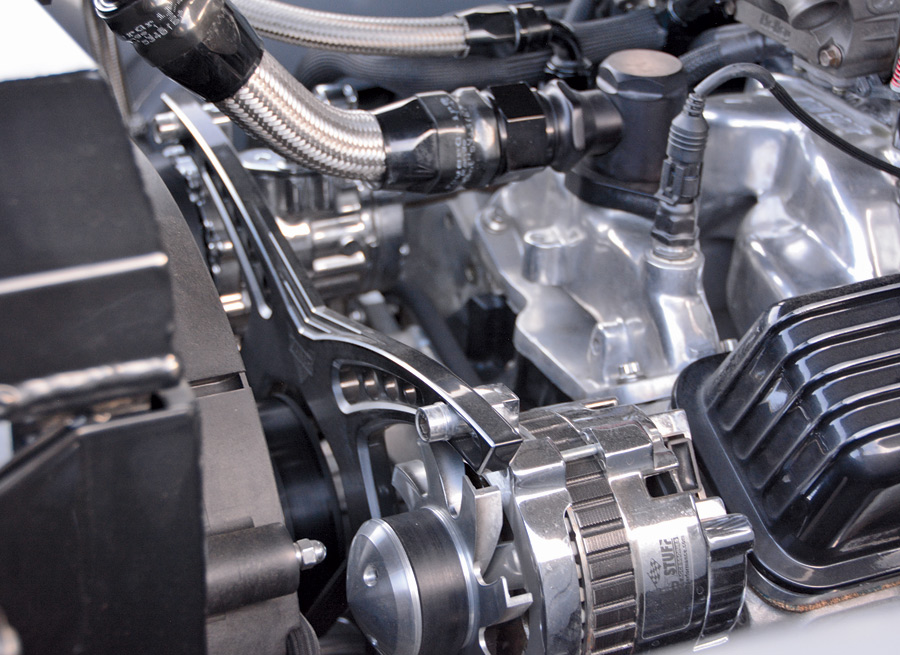





It was over 30 years ago—at the NSRA Street Rod Nationals in St. Paul, Minnesota, to be exact—that Bob and Linda Galbraith unveiled the very first Clean Drive Wiper, New Port Engineering’s direct bolt-in replacement for 1939-1948 Chevy passenger car vacuum-drive wiper motors. With their motto, “Drive through it, not around it!”, the company has continually driven forward over the last three decades, expanding their line of direct-replacement Clean Wipe System wiper upgrade kits that cover more than 180 car and truck applications—including the popular Chevy C10!
Never having done a wiper motor installation, let alone an upgrade conversion, I was a bit apprehensive at first when this particular job came up on the to-do list. However, no sooner was the deteriorated, non-functioning OE vacuum motor removed and New Port’s new electronic motor bolted in place, factory linkage hooked up, new switch installed and wired, that my apprehensions were literally wiped away! With no exaggeration, the entire job took less than an hour, and now the C10 has a fully modern wiper system able to keep pace with most severe monsoon rains Mother Nature can throw at it!


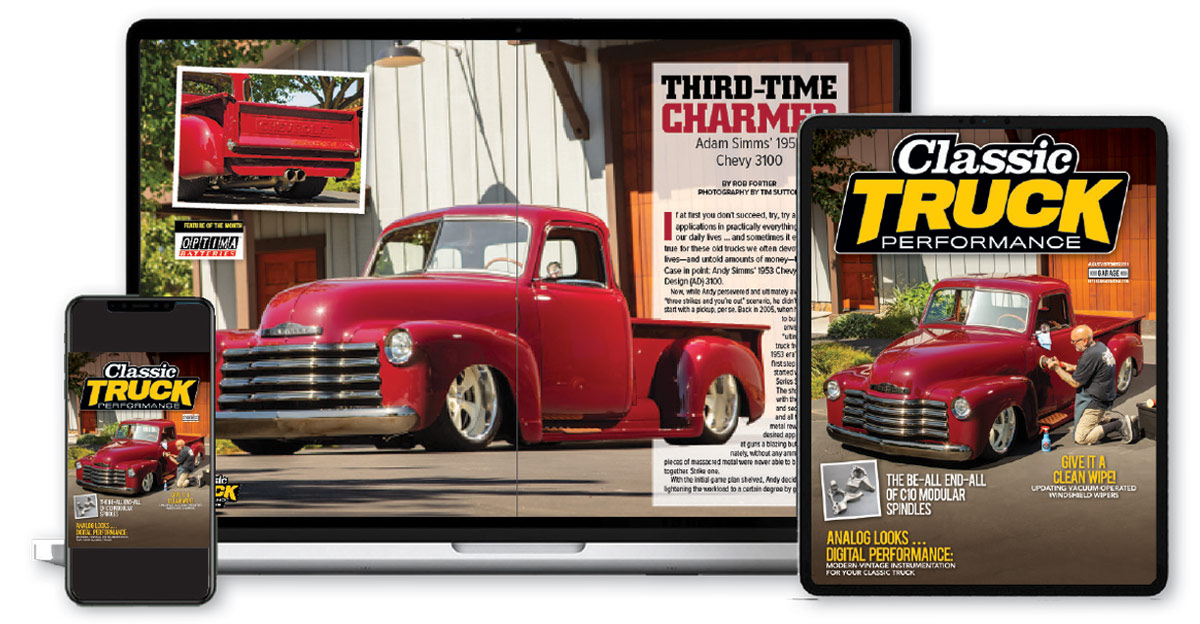

Photography by Tim Sutton
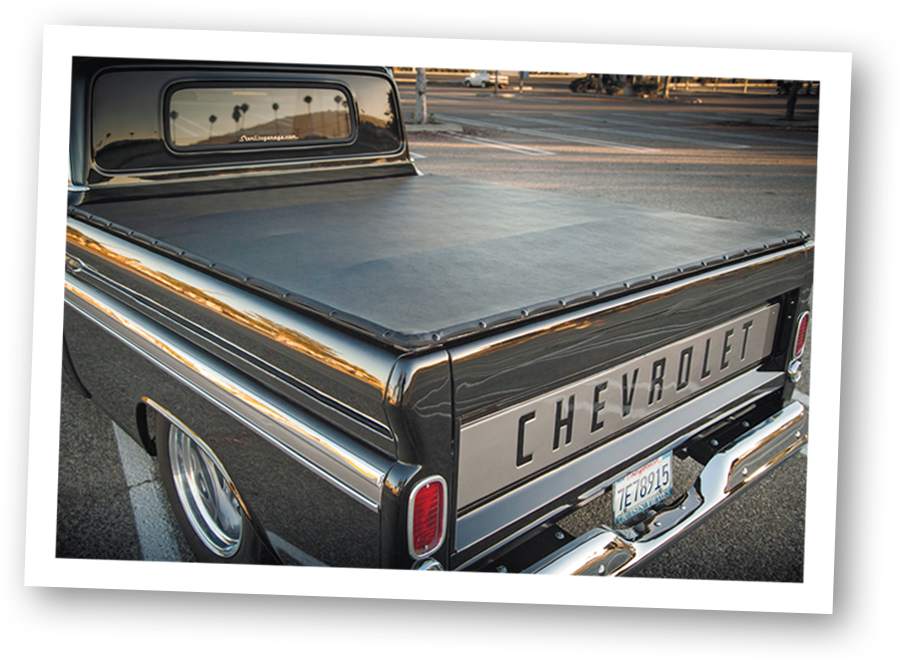
ou know the age-old saying, “If you love something, set it free …”? Well, I honestly used to believe it was just a way in which to comfort the brokenhearted, as I’ve set many things free and have yet to see any come back! While for the most part that’s not a bad thing on my behalf, when it comes to a number of cars and trucks I once owned, I sure wish that saying would’ve rang true.



Photography by Tim Sutton
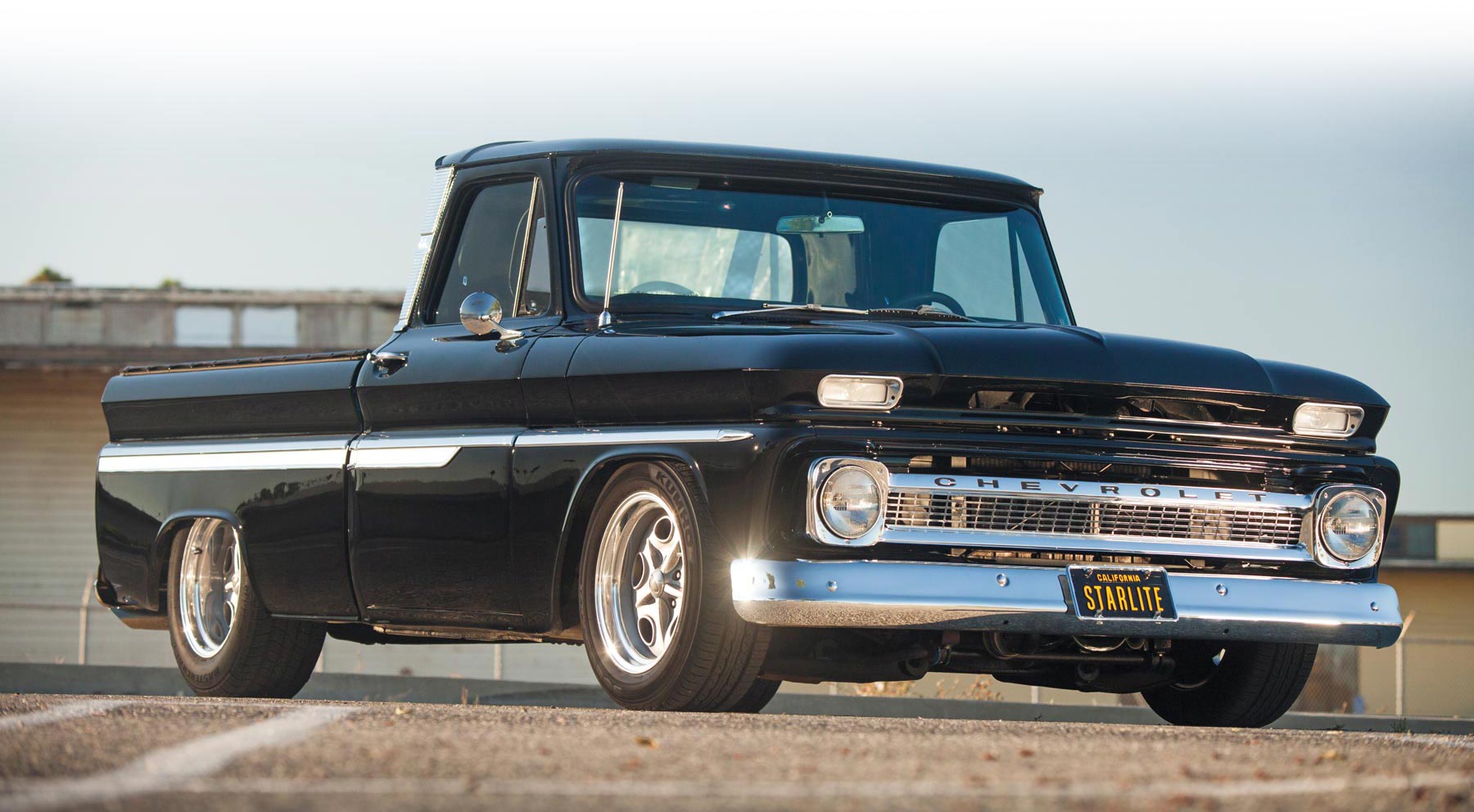
ou know the age-old saying, “If you love something, set it free …”? Well, I honestly used to believe it was just a way in which to comfort the brokenhearted, as I’ve set many things free and have yet to see any come back! While for the most part that’s not a bad thing on my behalf, when it comes to a number of cars and trucks I once owned, I sure wish that saying would’ve rang true.


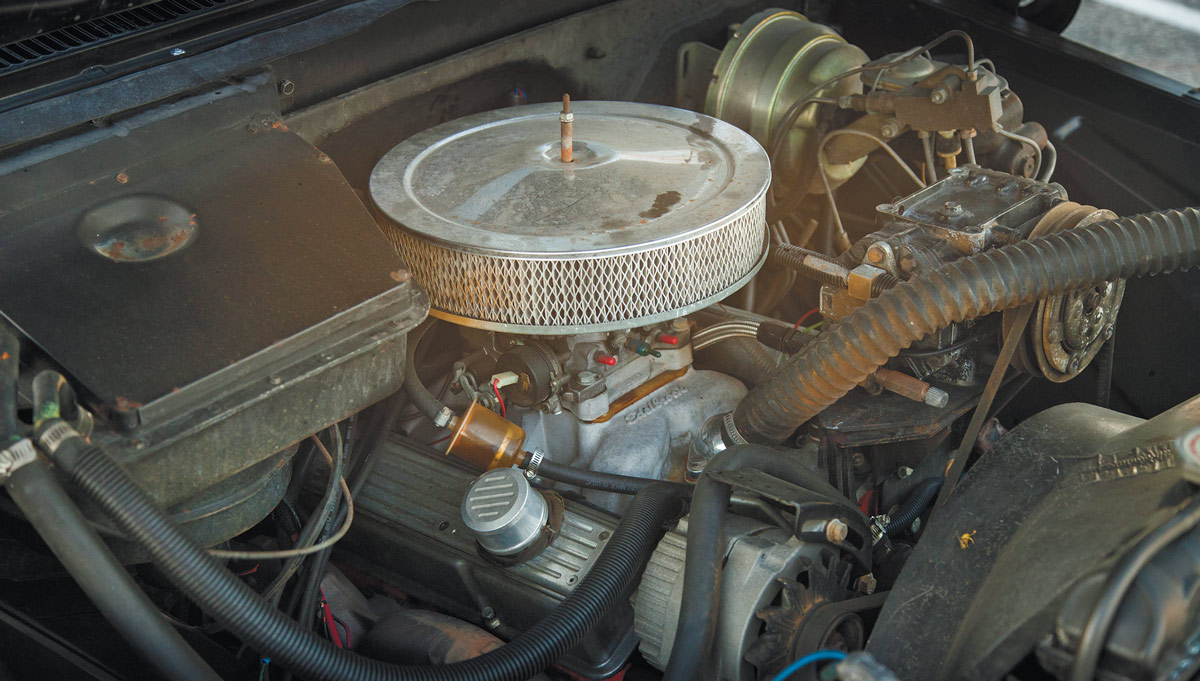
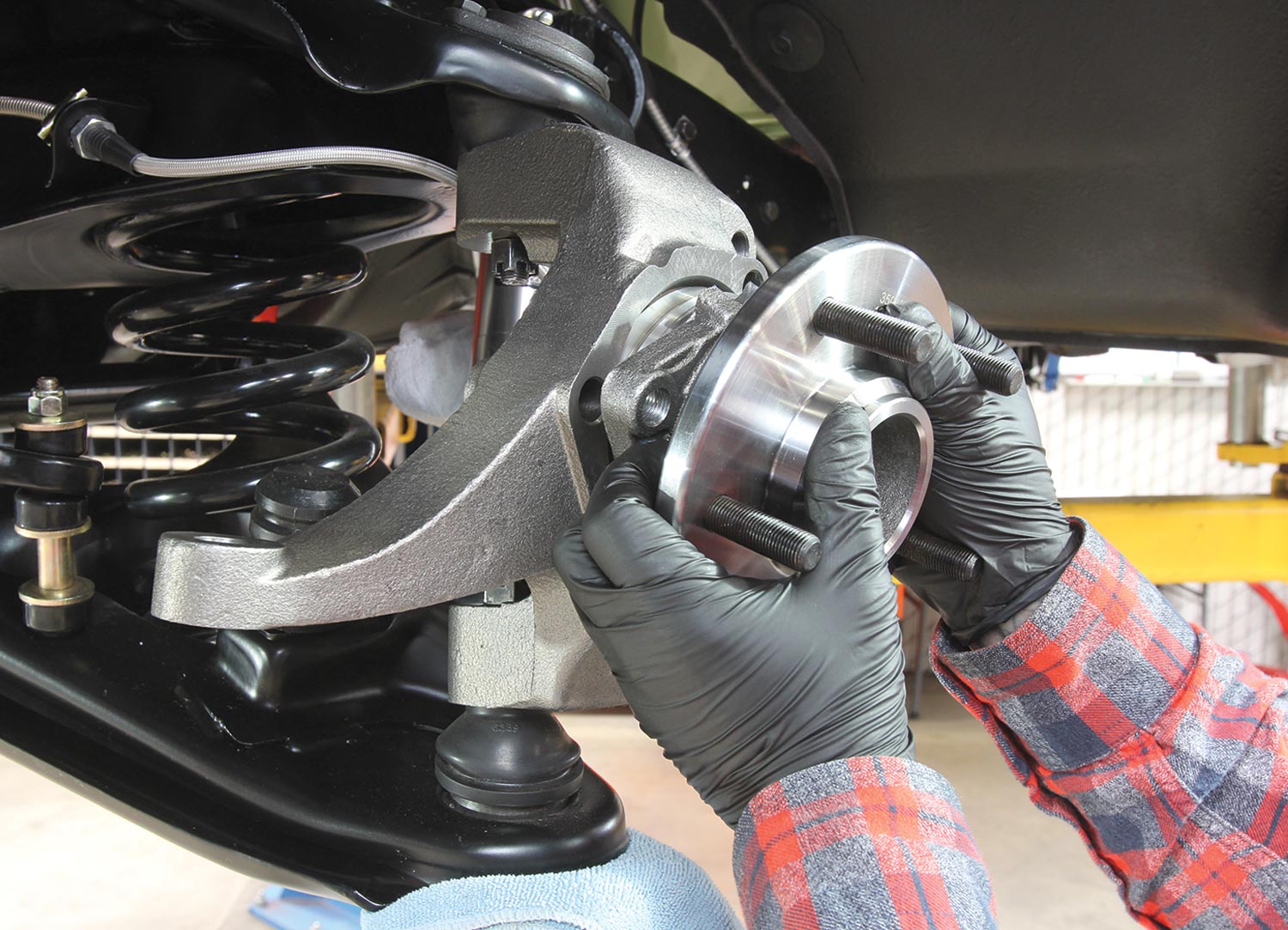
Big brakes and even bigger wheel and tire combos are arguably among the most popular upgrades in the classic truck market. Filling those massive wheel openings with an appropriately sized roller while upgrading the rather anemic braking system makes a ton of sense, after all. Be it an aesthetic upgrade or a more performance-based option, there’s no arguing the popularity of these modifications. But what happens when a stock spindle and its bearings, designed for a drum brake and a 15-inch steel wheel and tire, are subjected to the rotating mass, inertia, and torque of a 14-inch disc brake and accompanying 20-inch aluminum wheel?
Purveyors of both modern spindle designs as well as big brake offerings, it’s no surprise that Classic Performance Products (CPP) recognized this situation and sought to develop a solution. They’ve had a proven design in their Modular drop spindle for years, but as the brake kits and wheel/tire combos grew larger, they started to turn their attention to developing a more modern spindle and bearing design. Enter the X10 spindle.

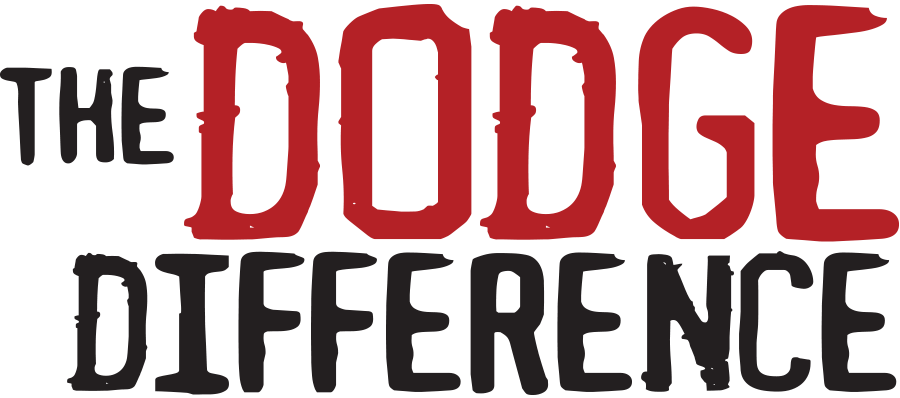
often wonder why the first-gen (1961-1965) Dodge D-Series pickups have never quite garnered the same following as similar-era C10s and F-100s. Besides the fact that both the Sweptline (Chrysler Corp’s version of a Fleetside) and Utiline (Stepside, of course) models were/are attractive-looking trucks, this was truly one of the first attempts at creating a production “muscle truck,” as the 1964 Custom Sports Special (CSS) truly reflected: 426ci Wedge with a LoadFlite automatic, dual exhaust, and factory traction bars.


often wonder why the first-gen (1961-1965) Dodge D-Series pickups have never quite garnered the same following as similar-era C10s and F-100s. Besides the fact that both the Sweptline (Chrysler Corp’s version of a Fleetside) and Utiline (Stepside, of course) models were/are attractive-looking trucks, this was truly one of the first attempts at creating a production “muscle truck,” as the 1964 Custom Sports Special (CSS) truly reflected: 426ci Wedge with a LoadFlite automatic, dual exhaust, and factory traction bars. The competition was more concerned with towing, camping, and the like, so it seemed. Dodge would follow in the years to come with memorable models such as the Dude, Li’l Red Express (and its cousin, the Midnight Express, which was produced for the “whiny” states), and the limited-production Warlock.
Ad Index
- Aldan American83
- American Autowire13
- American Legend Wheels75
- Automotive Racing Products31
- BedWood and Parts79
- Bowler Performance Transmissions79
- Brothers Truck Parts86
- Classic Instruments9
- Classic Performance Products4, 5, 81, 84
- Custom Autosound67
- Dakota Digital85
- Dynamat47
- Eaton Detroit Spring, Inc81
- Fatman Fabrication79
- Filling Station, The69
- FiTech EFI67
- Flaming River Industries27, 81
- Flat Out Engineering83
- Gandrud Chevrolet79
- Golden Star Classic Auto Parts14
- Granatelli Motor Sports, Inc75
- Heidts Suspension Systems77
- Lokar2, 15
- National Street Rod Association35
- New Port Engineering81
- NotcHead Fasteners83
- Old Air Products77
- OPTIMA Batteries11
- Performance Distributors84
- Performance Online45
- Phoenix Transmission Products83
- Powermaster Performance73
- Roadster Shop53
- Schwartz Performance69
- Scott’s Hotrods73
- Speedway Motors43
- Vintage Air7
- Wilwood Engineering57

